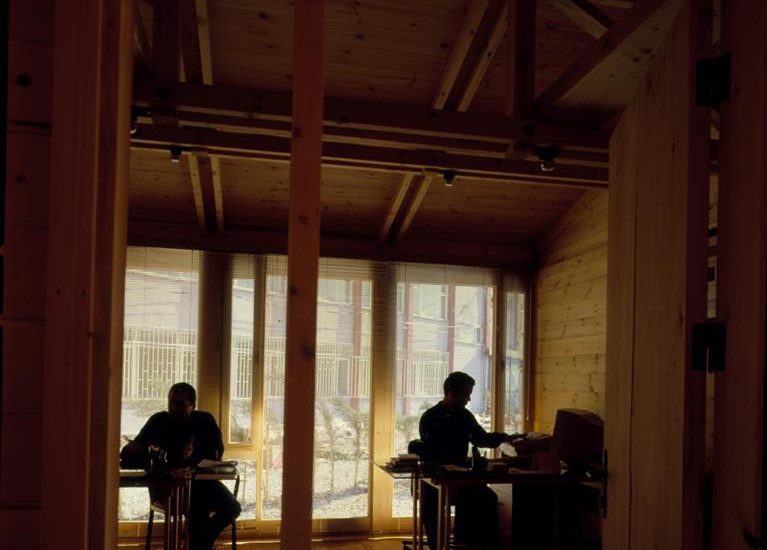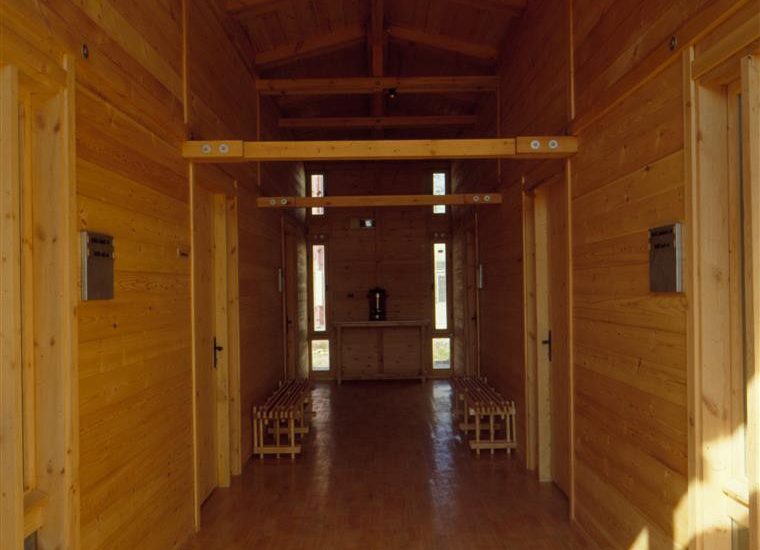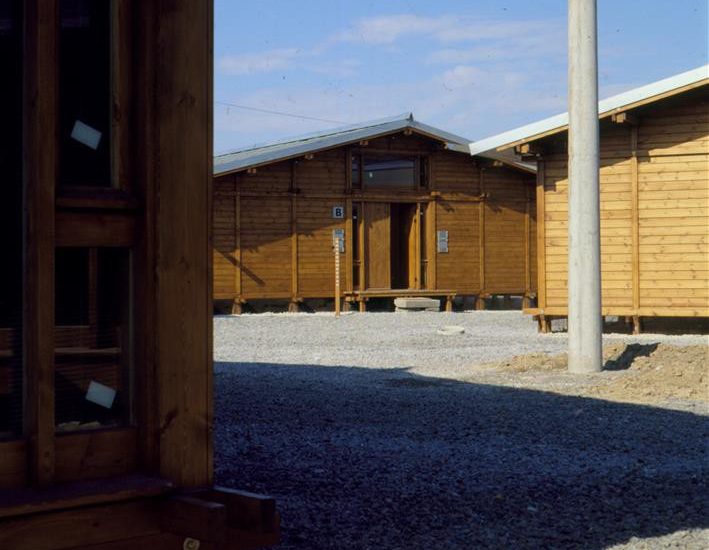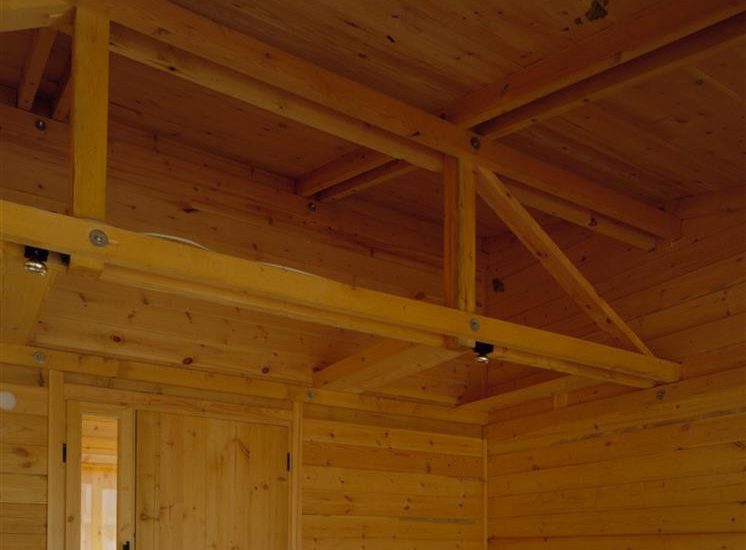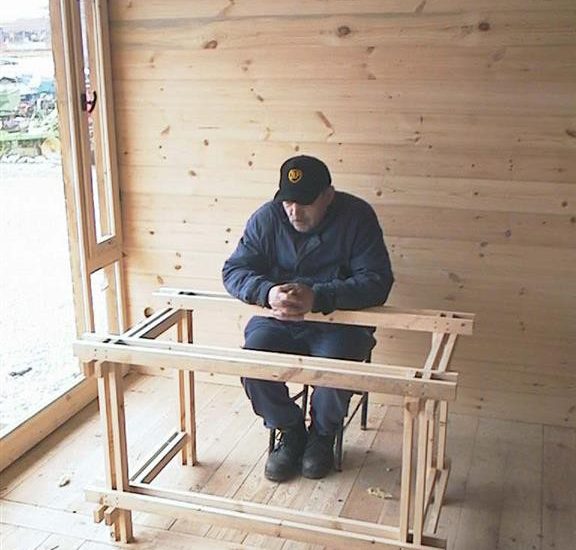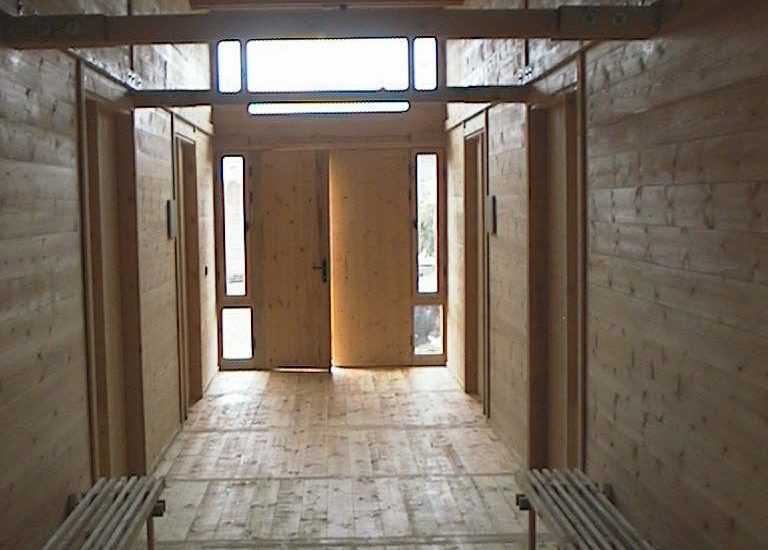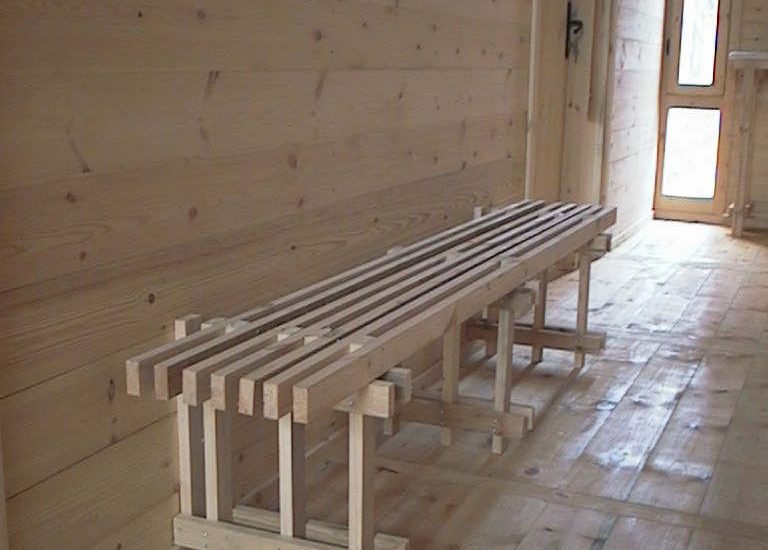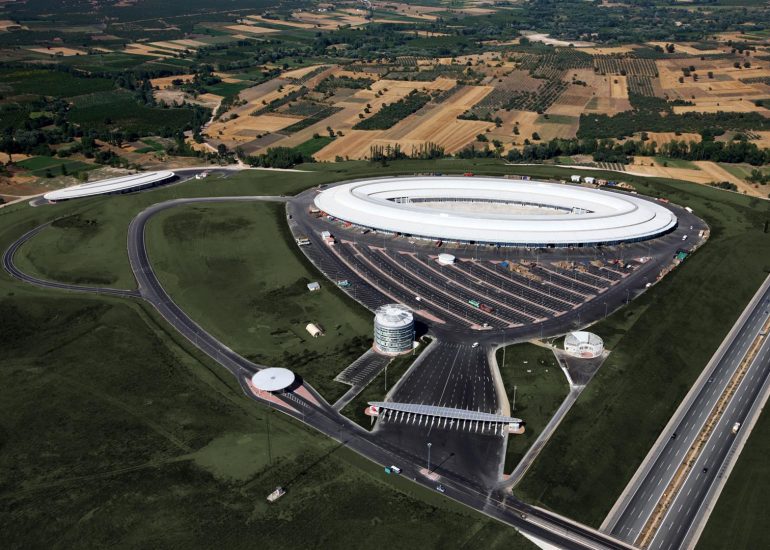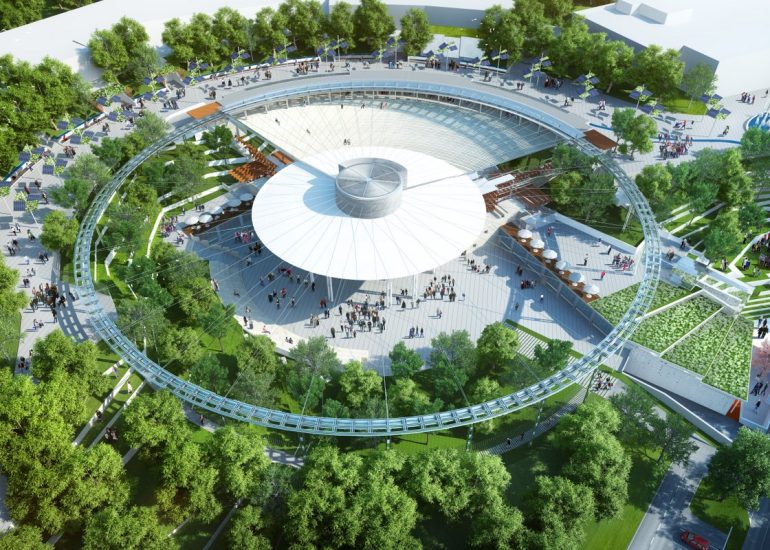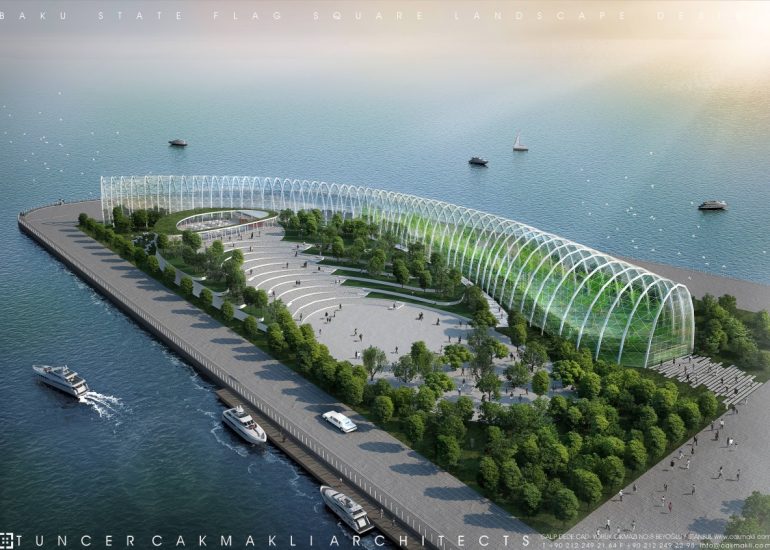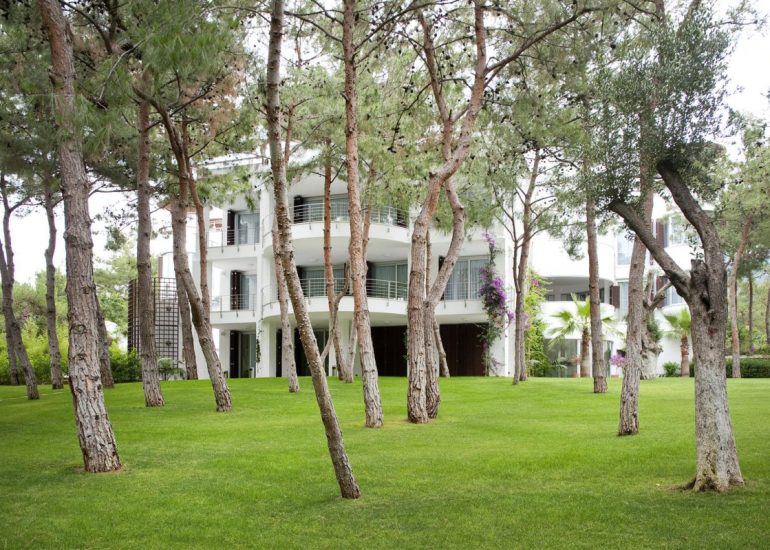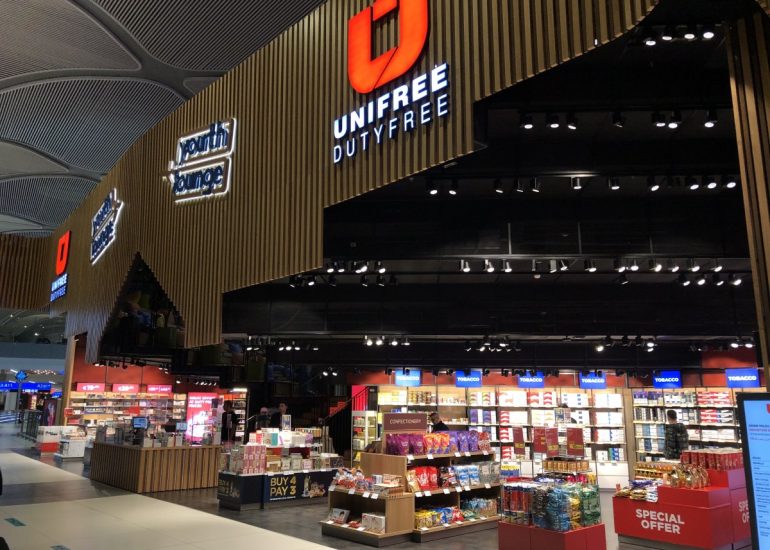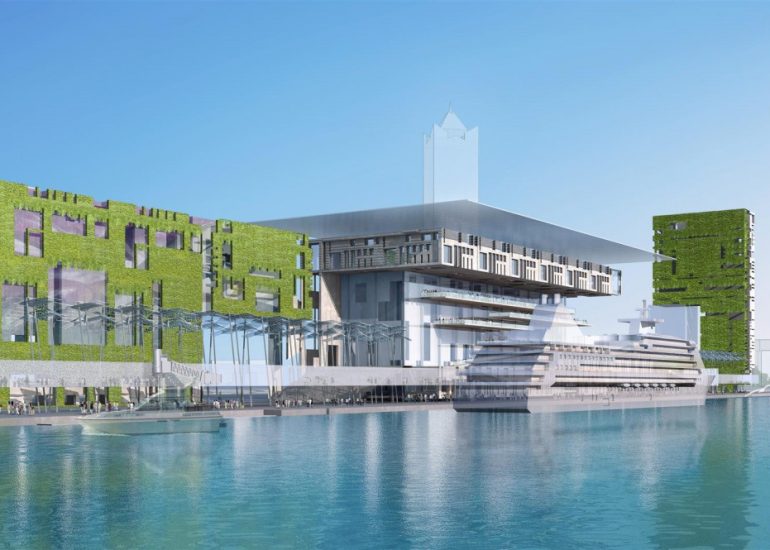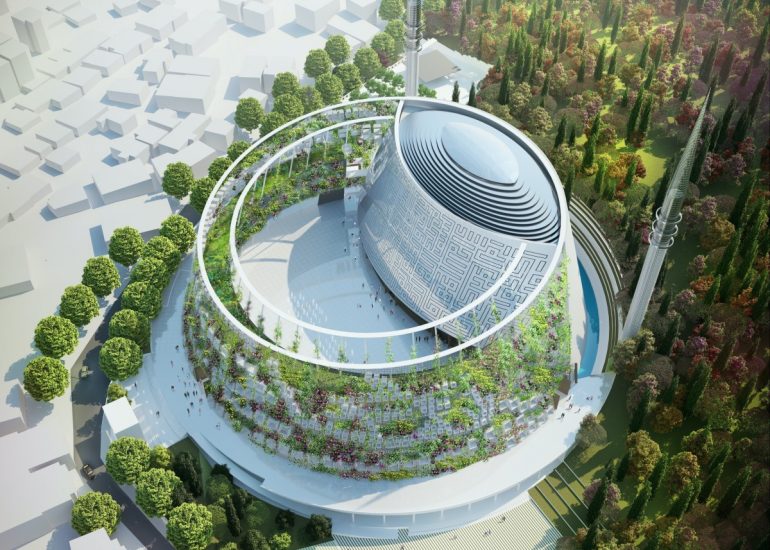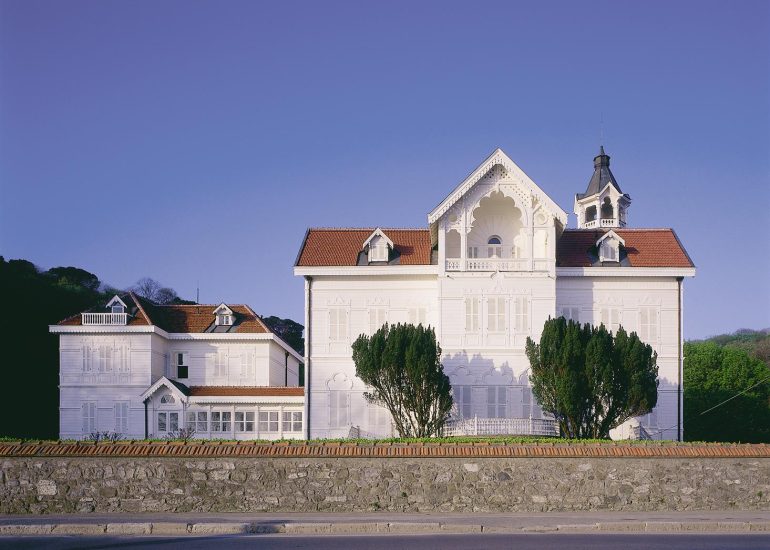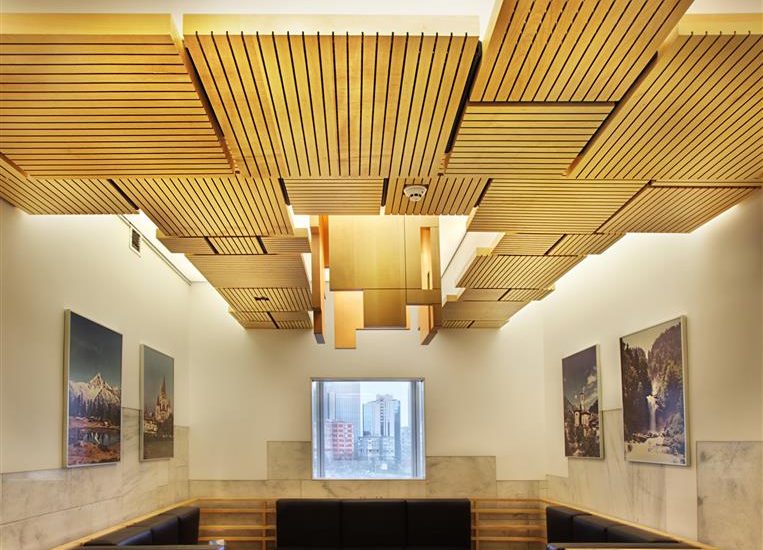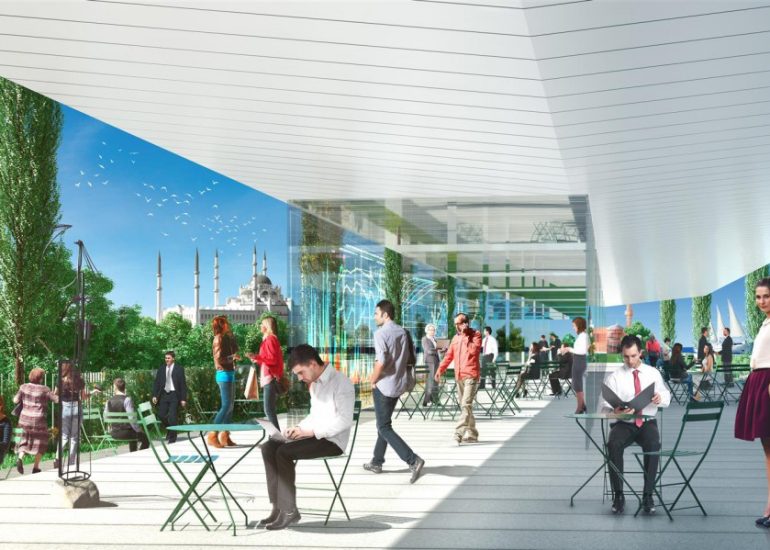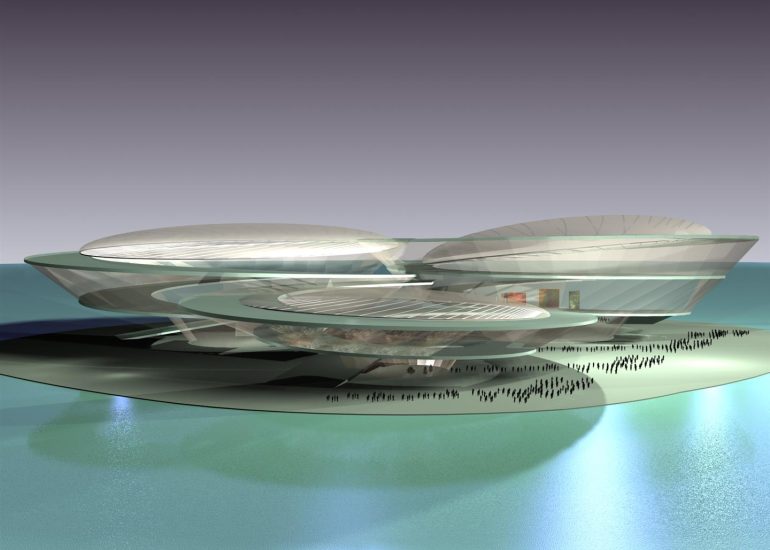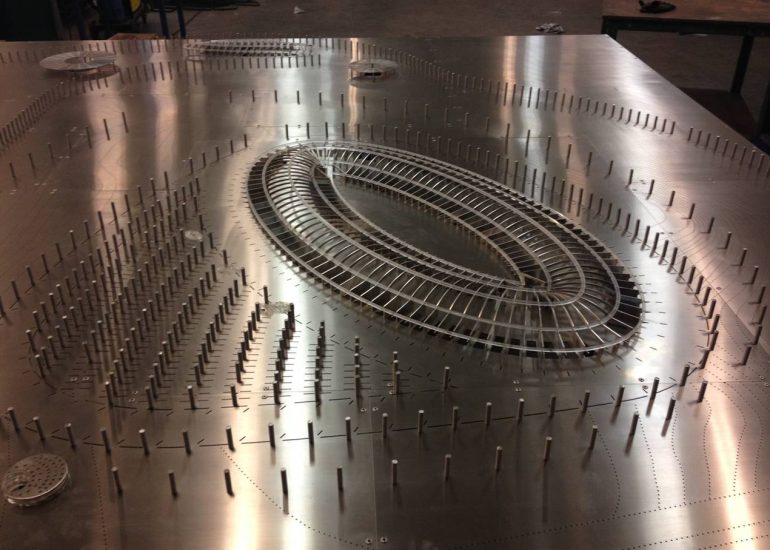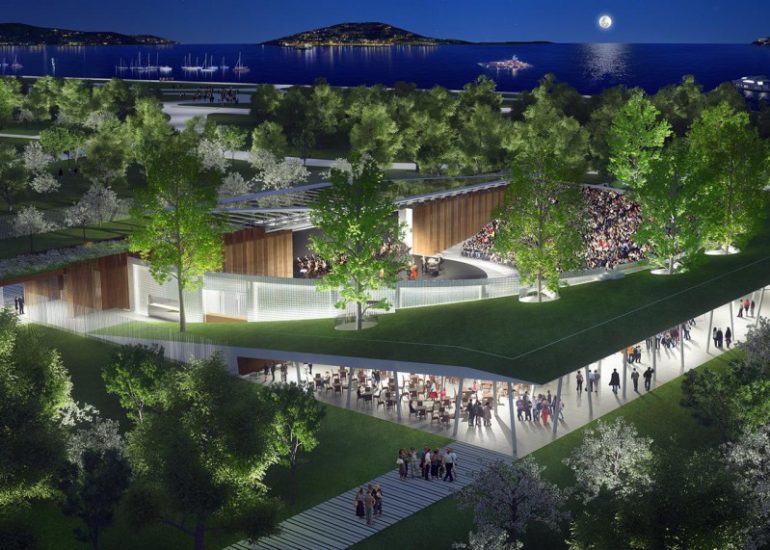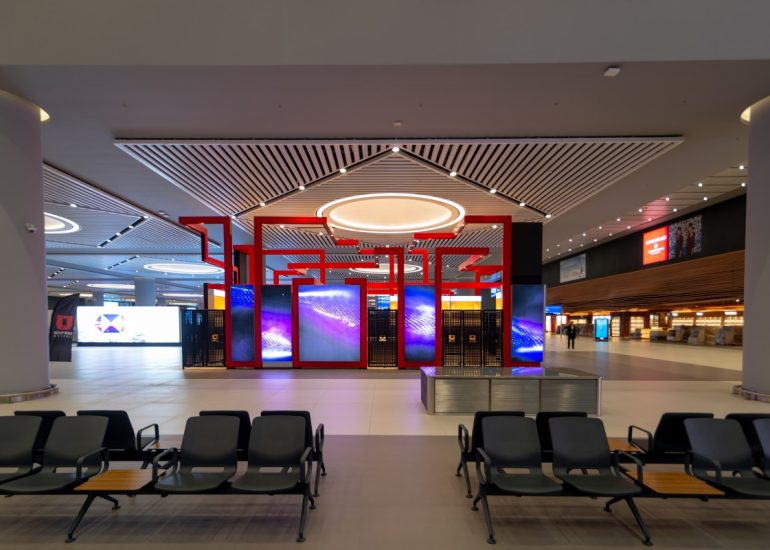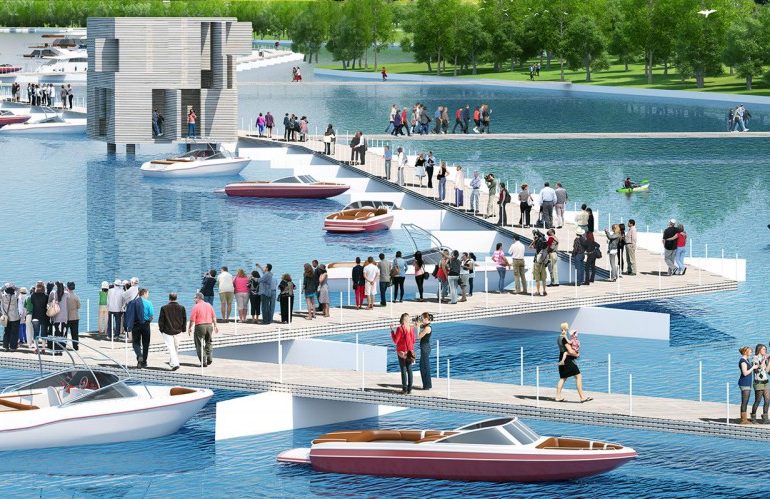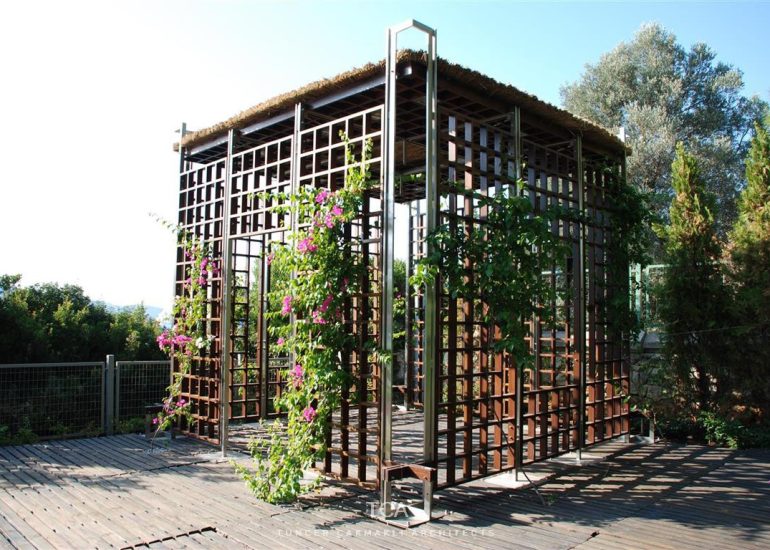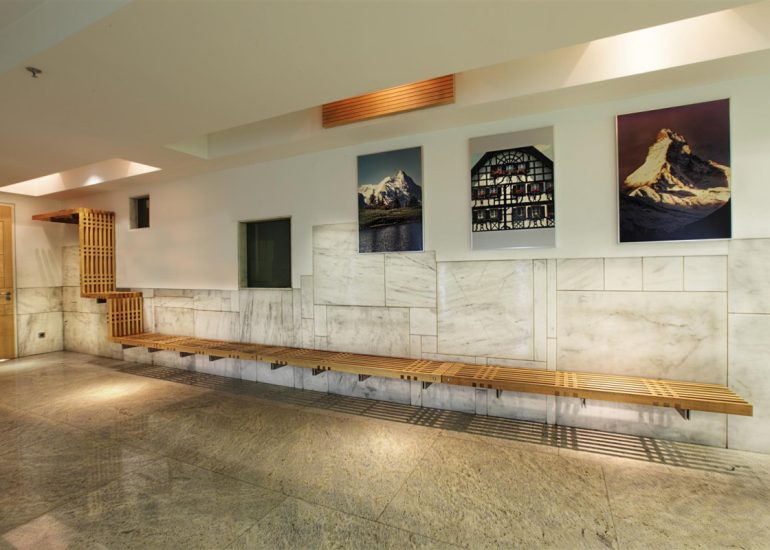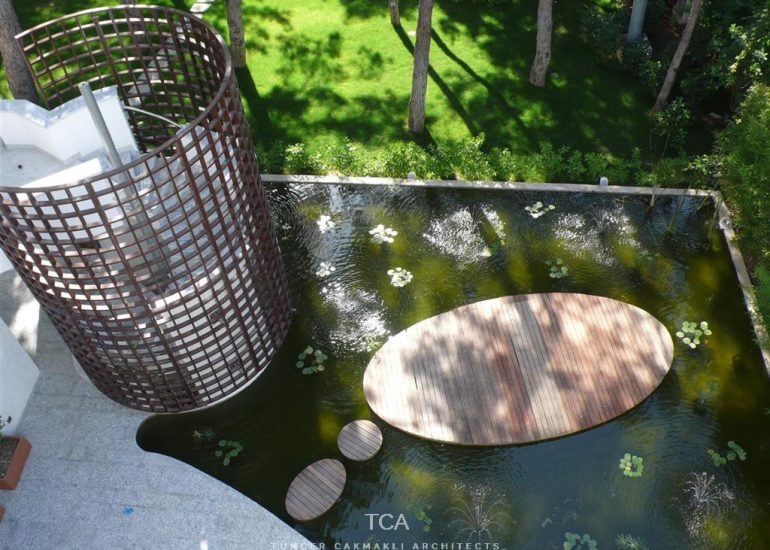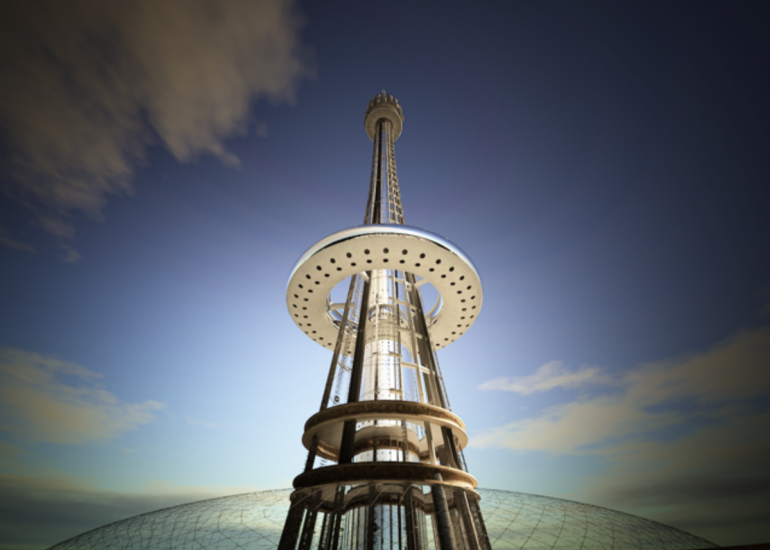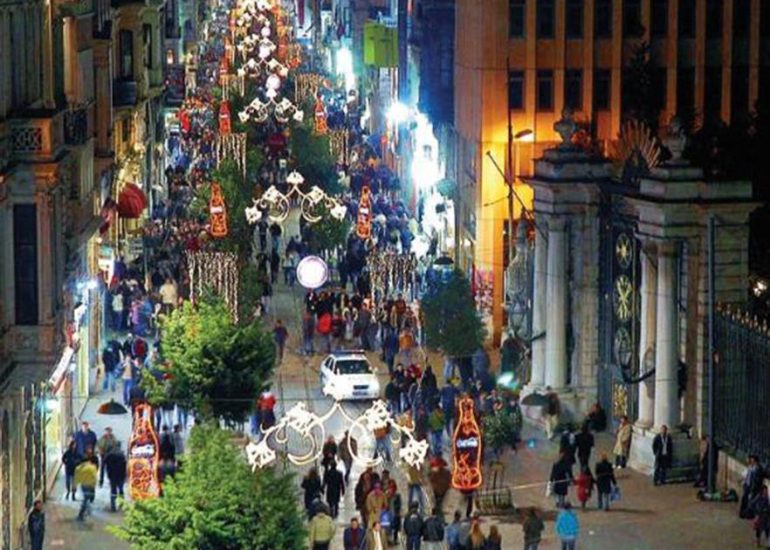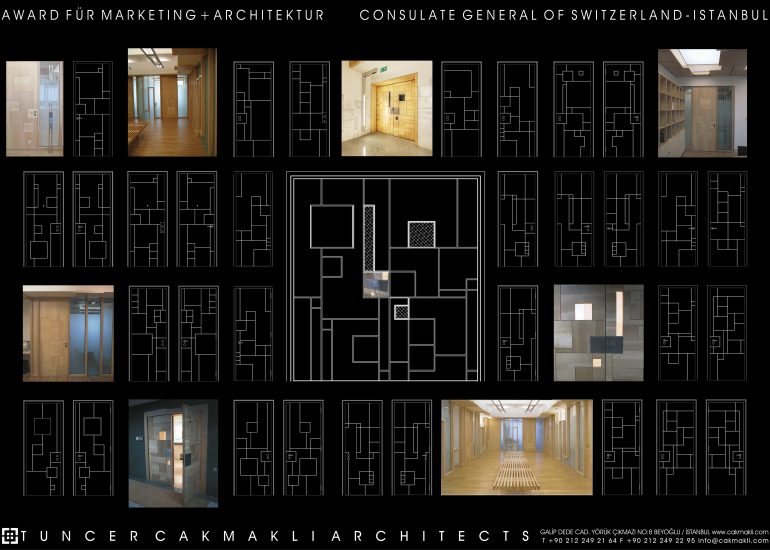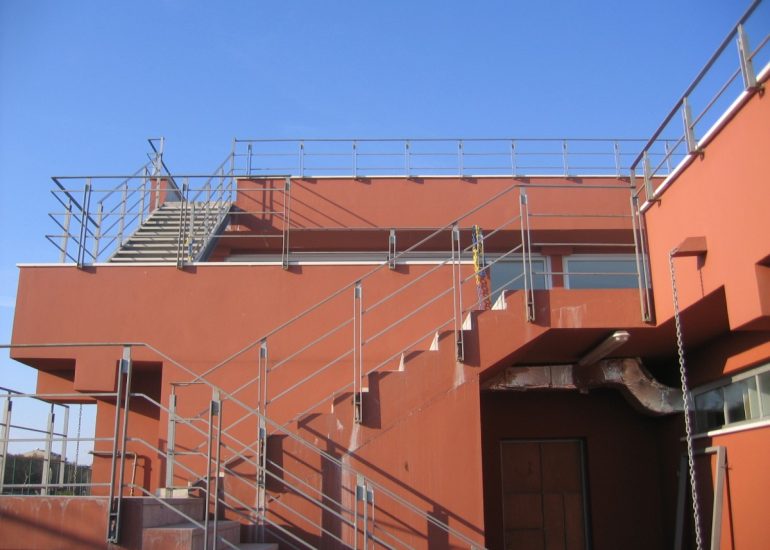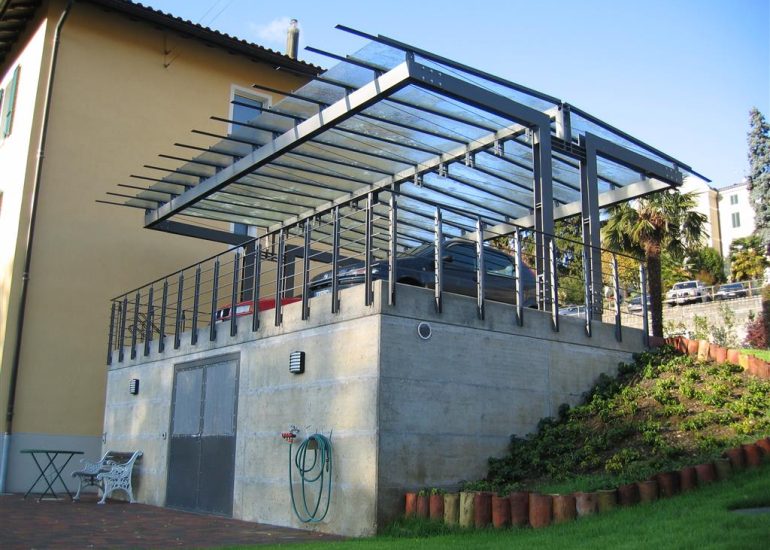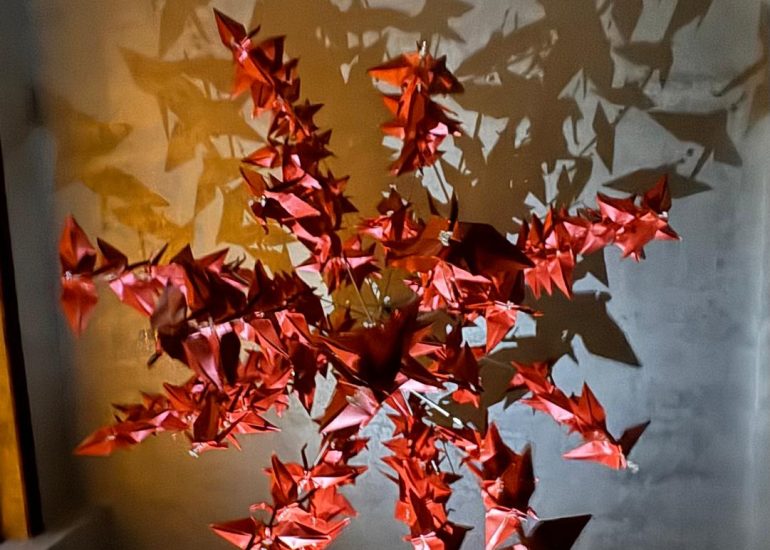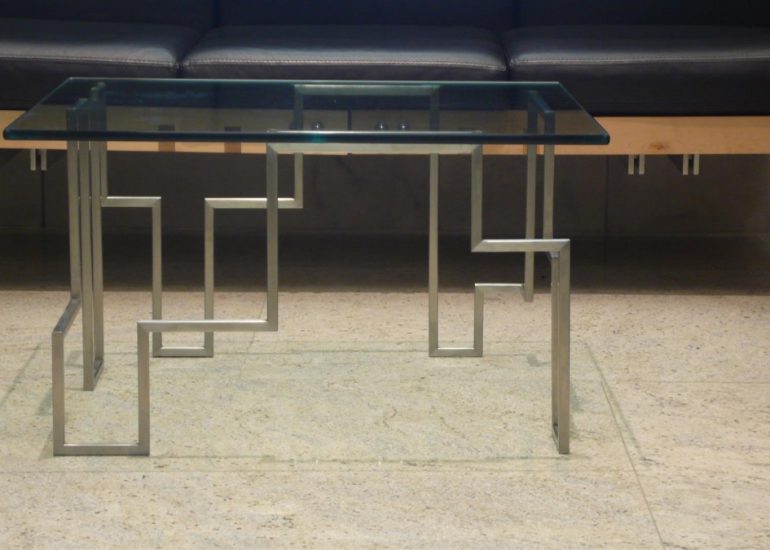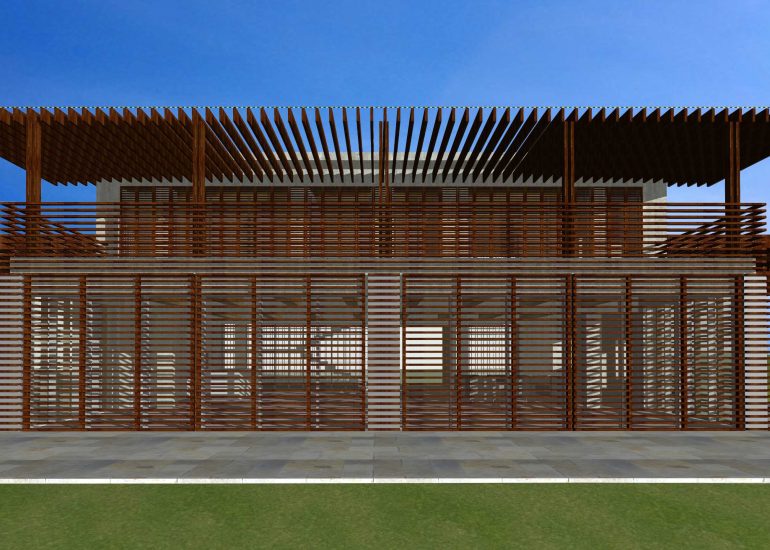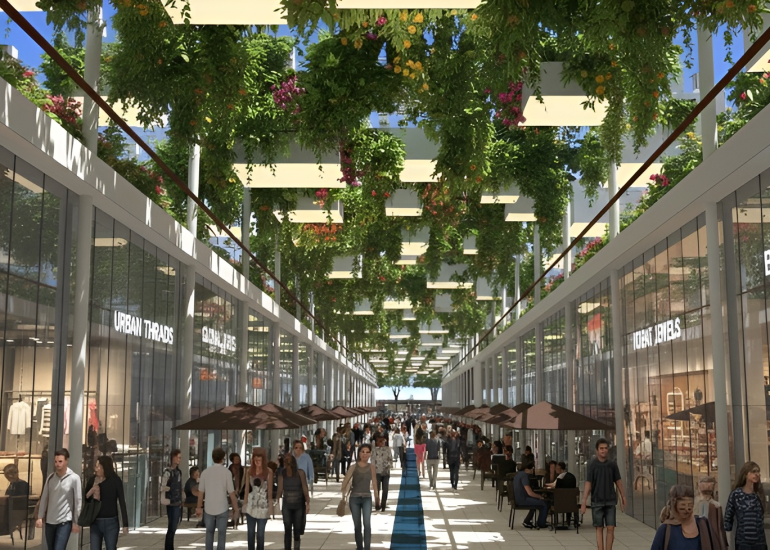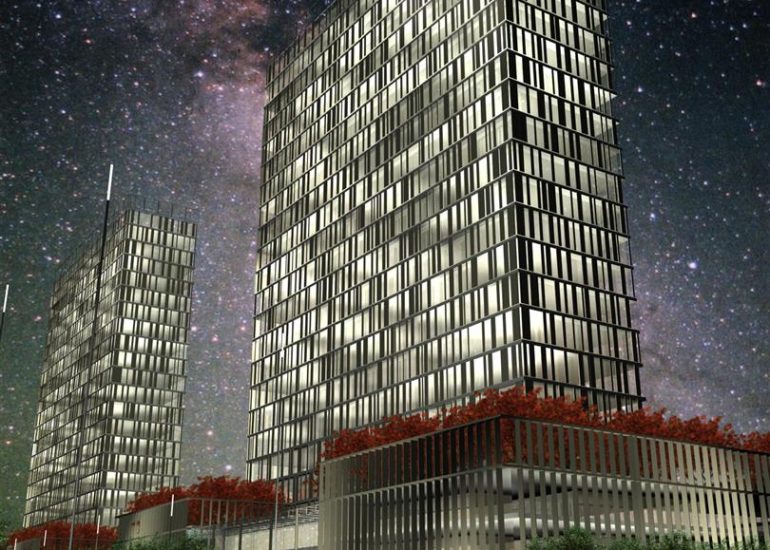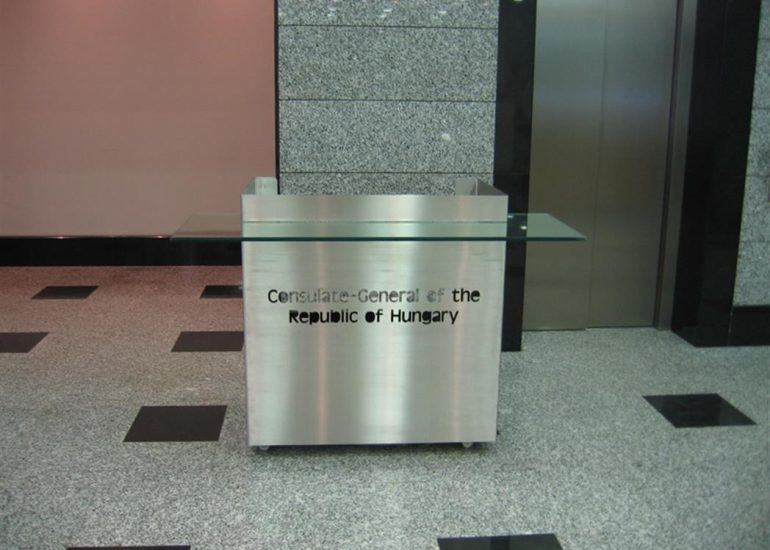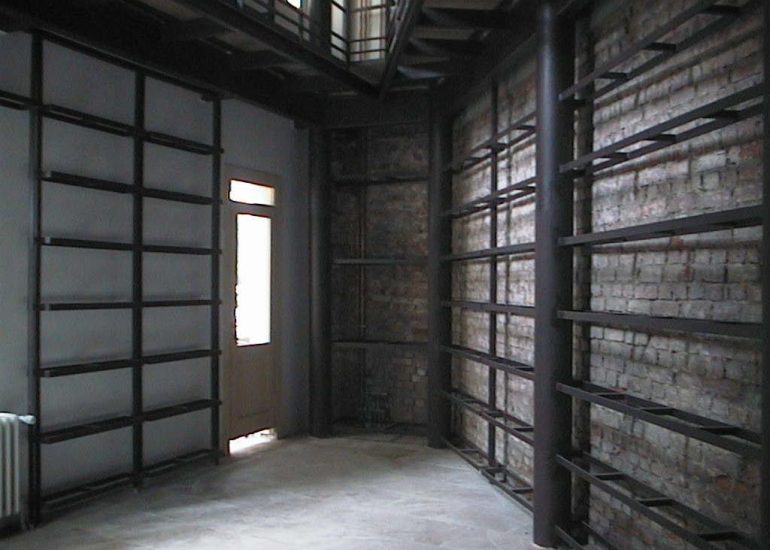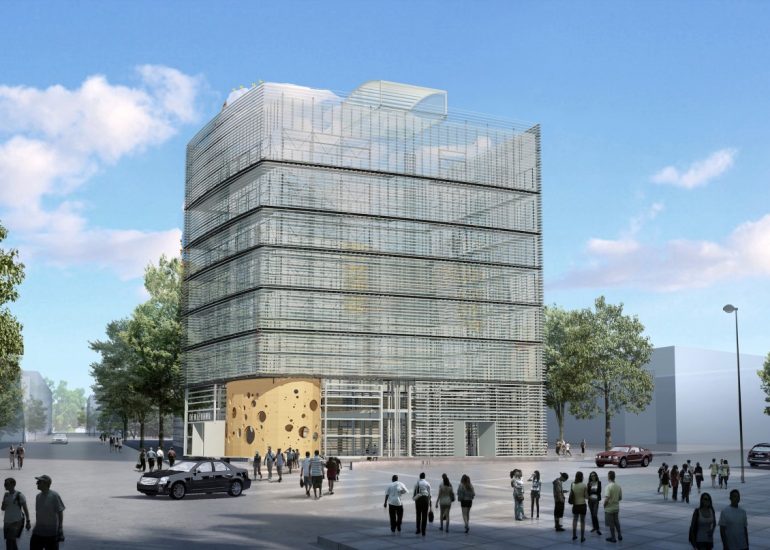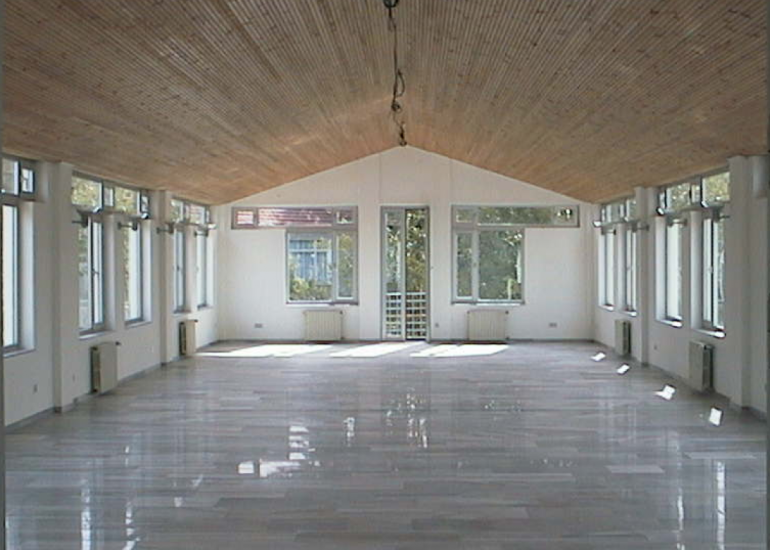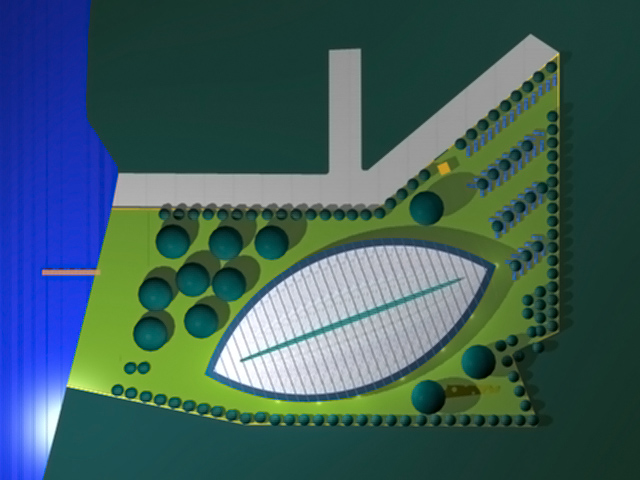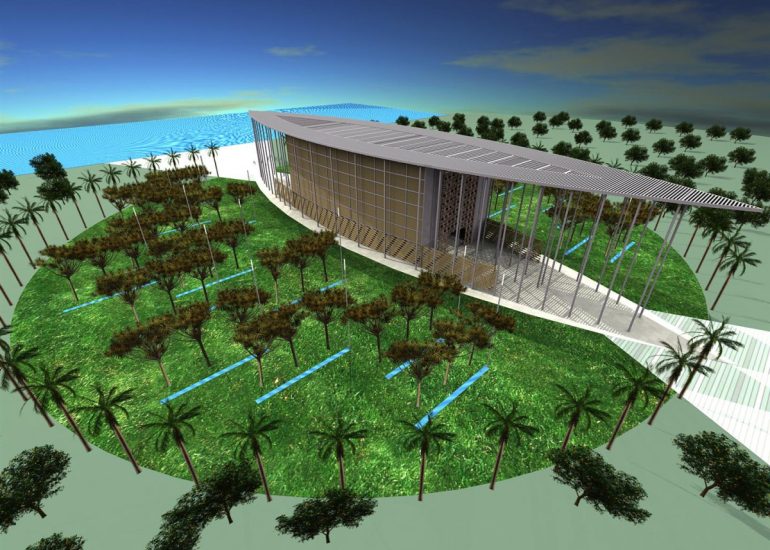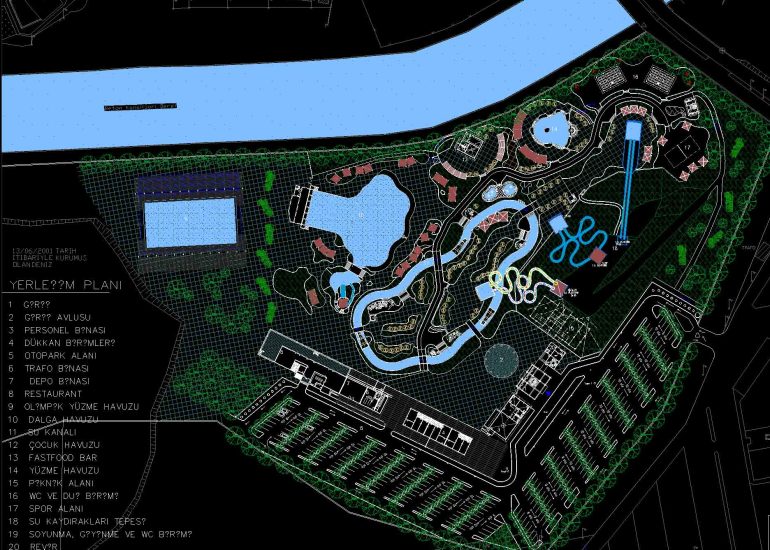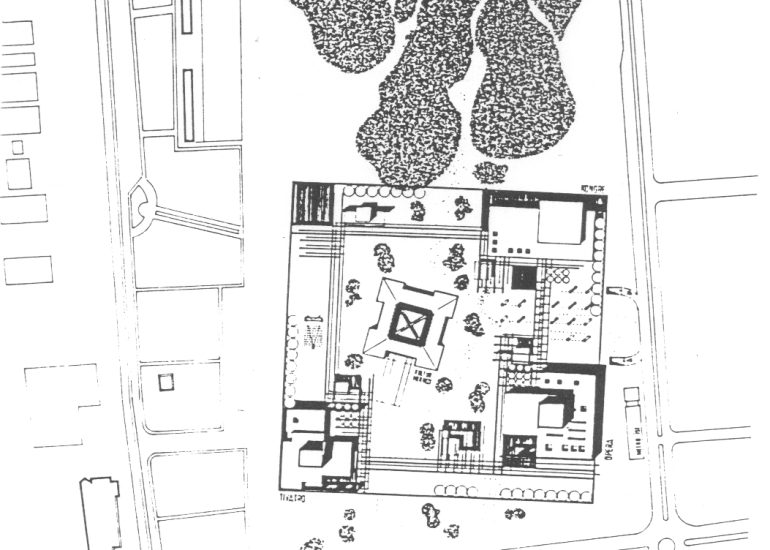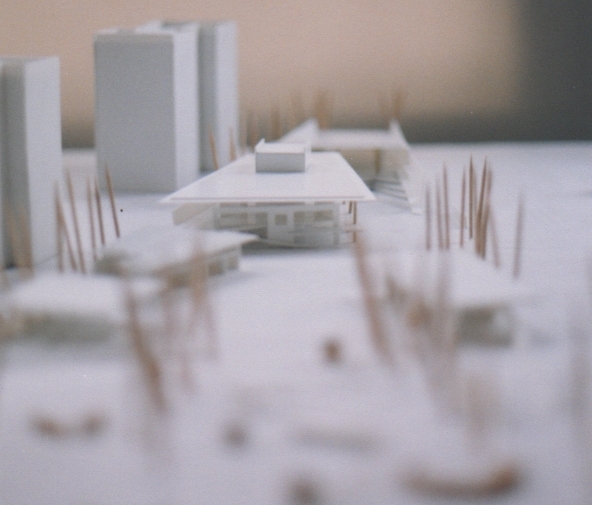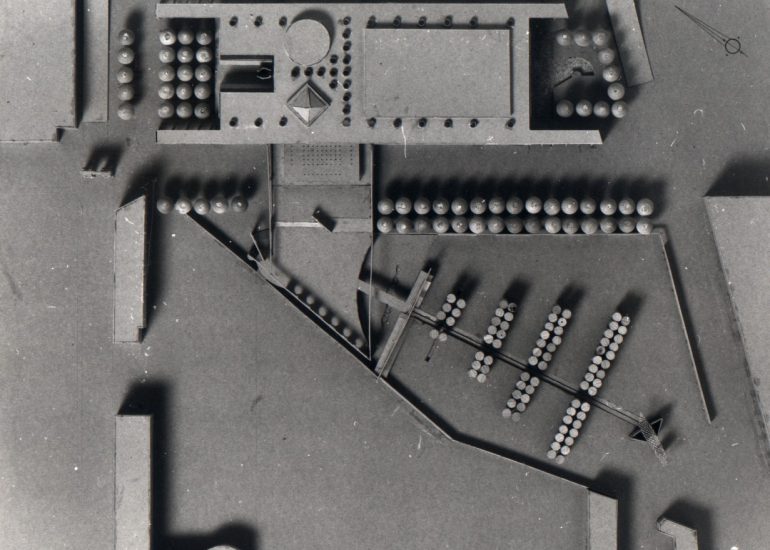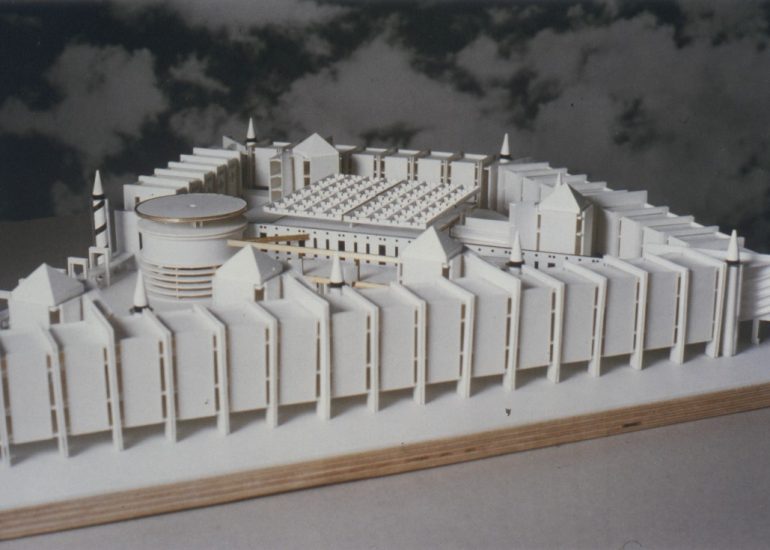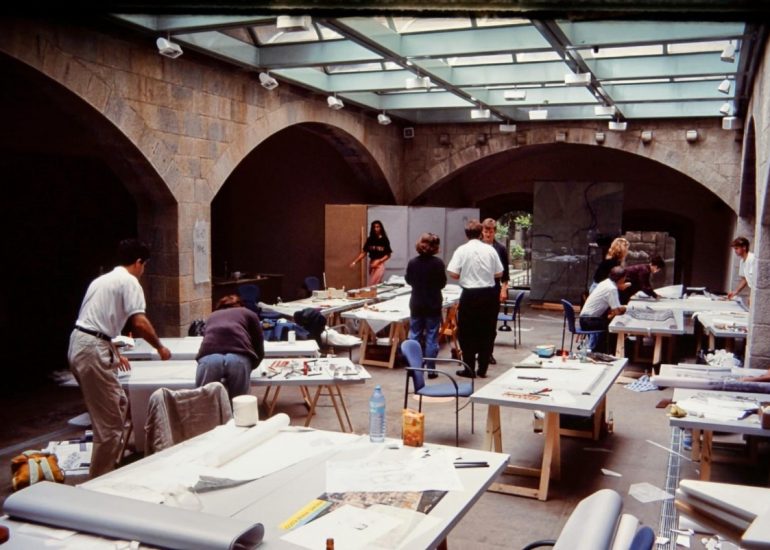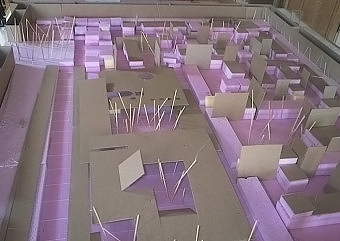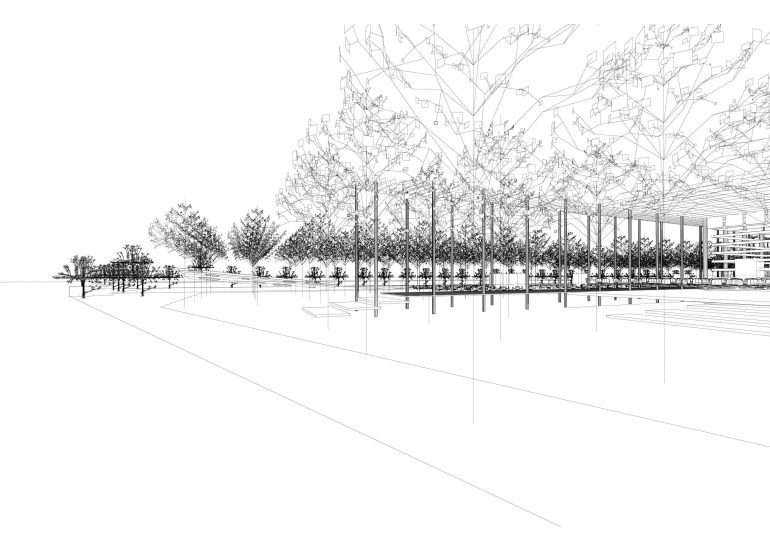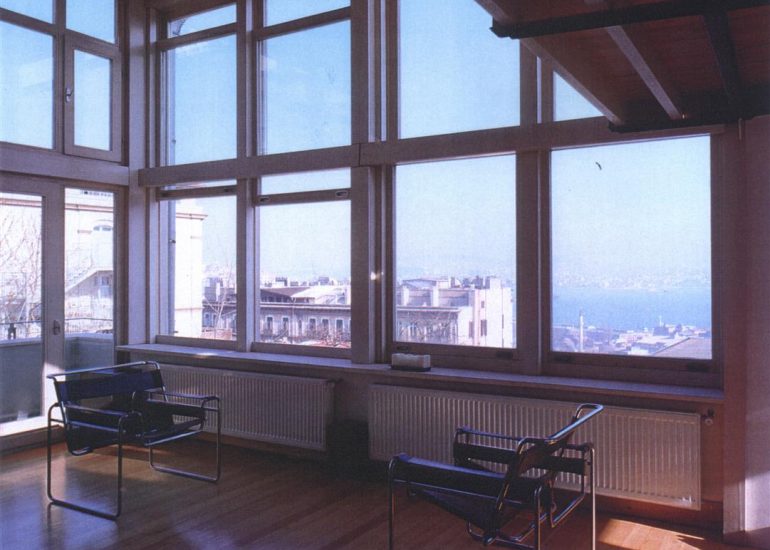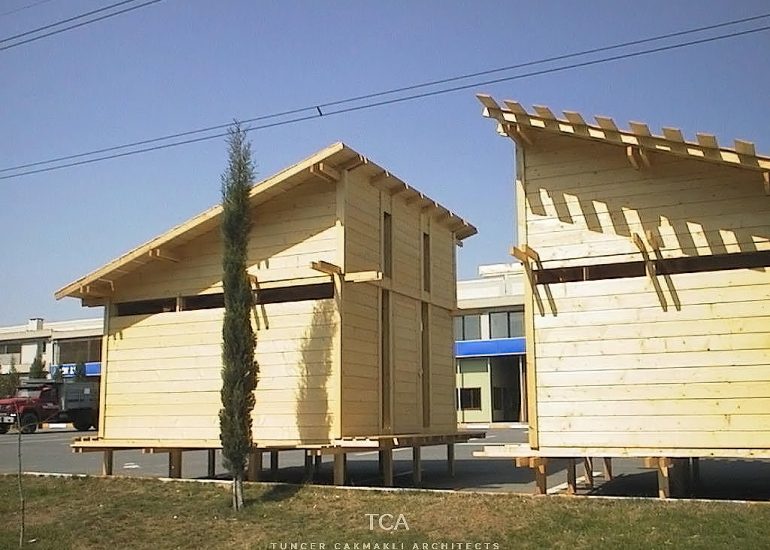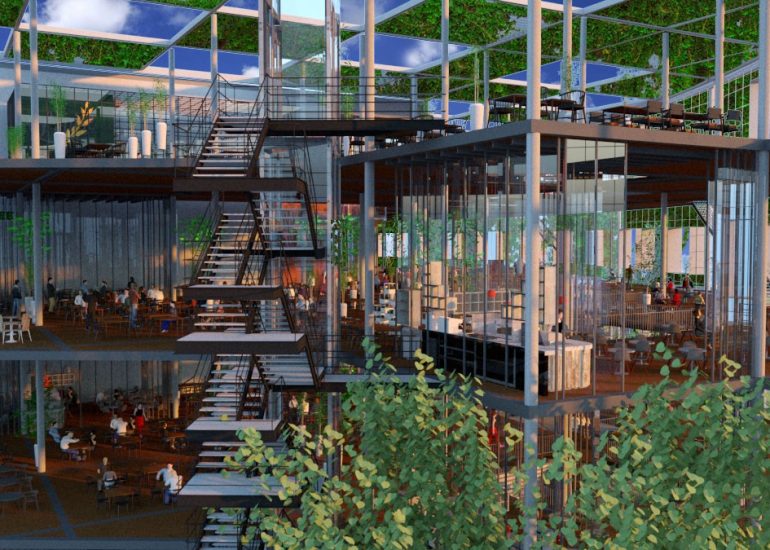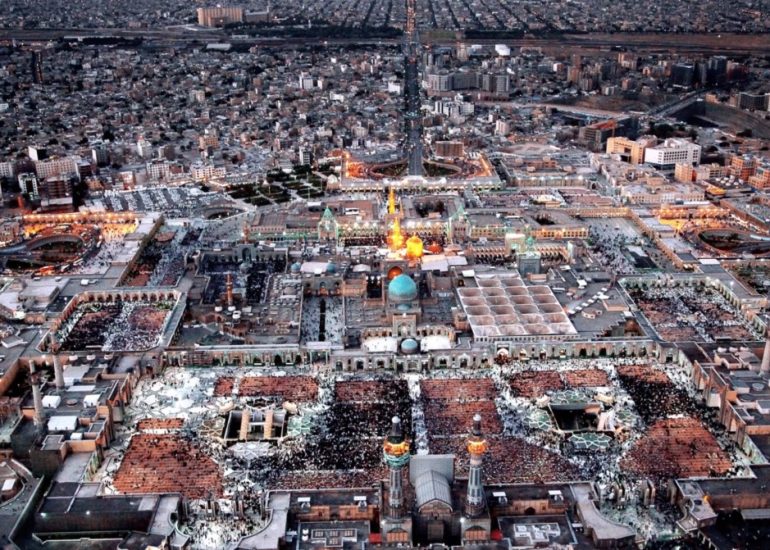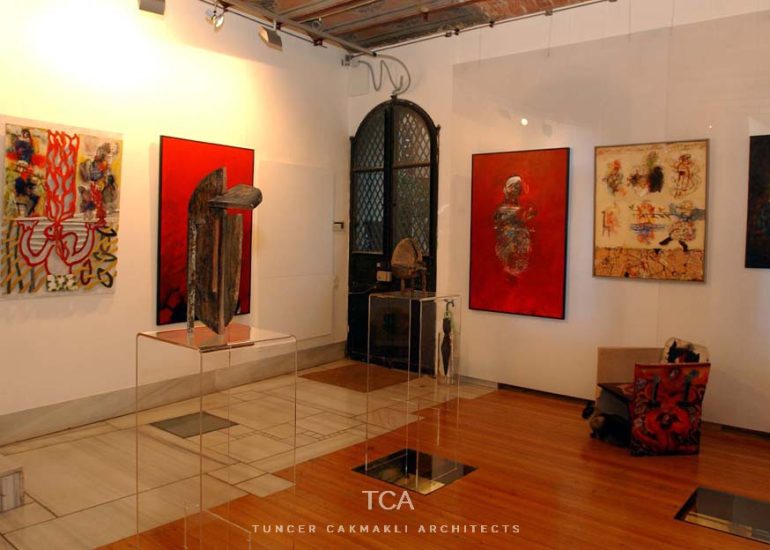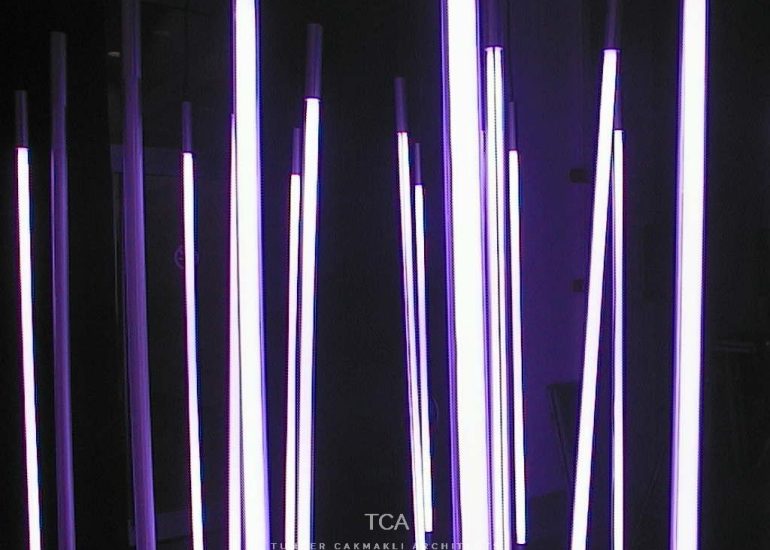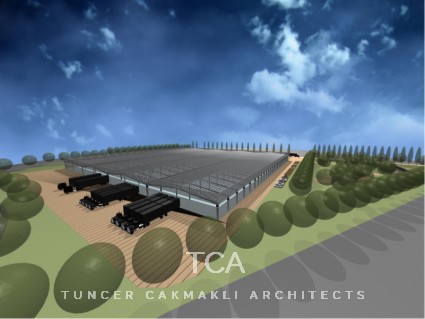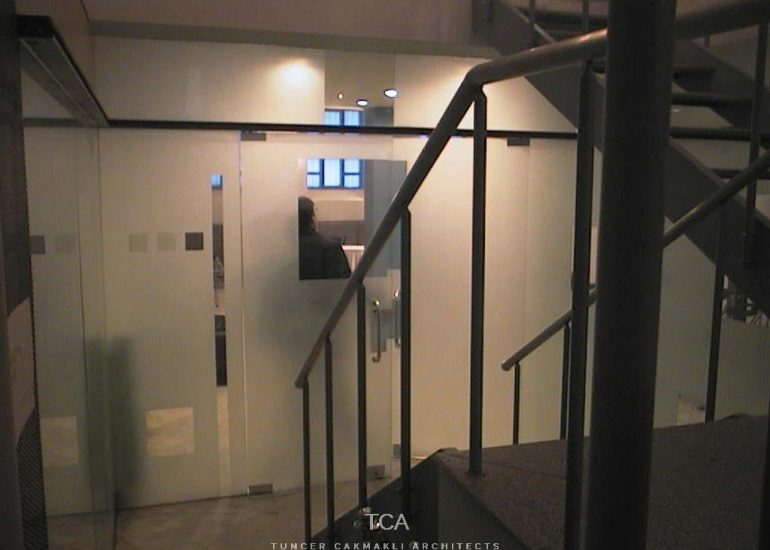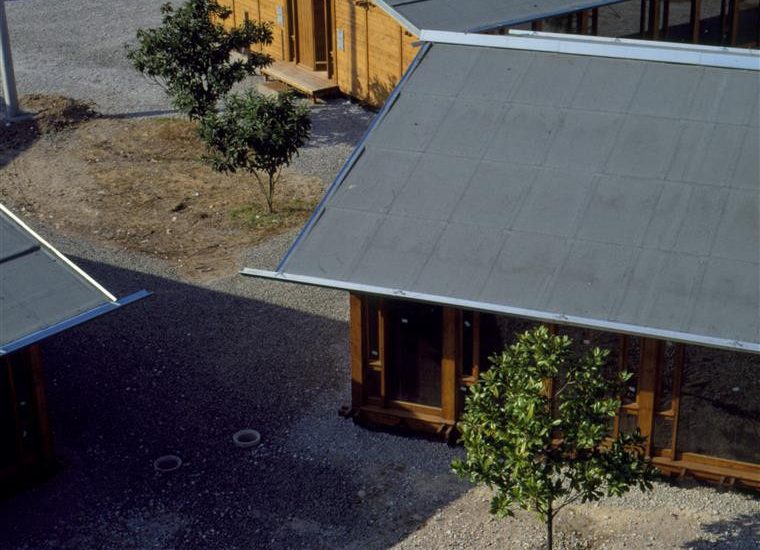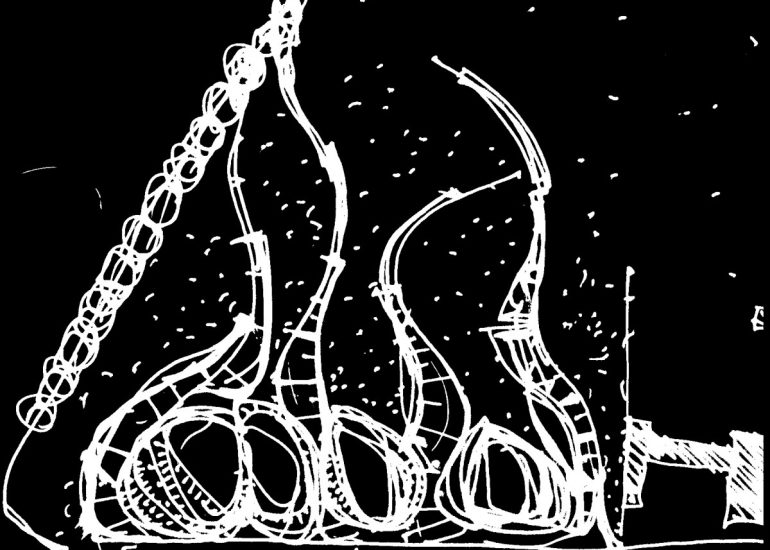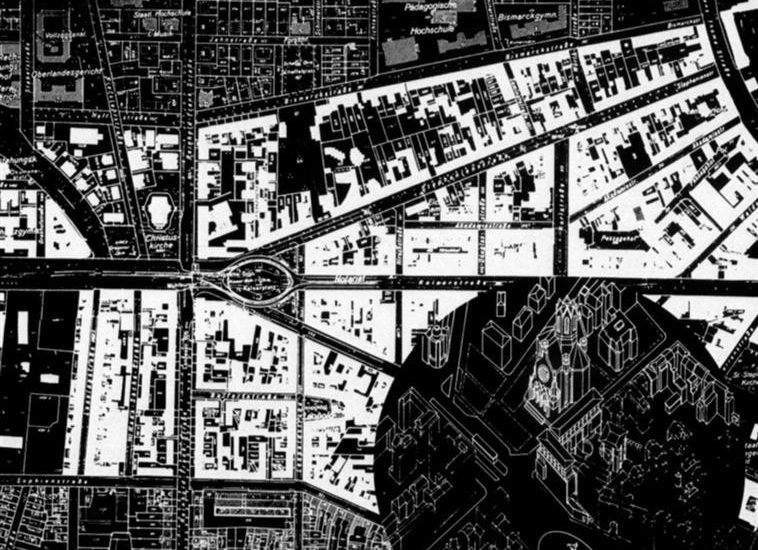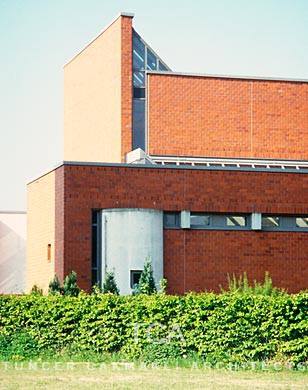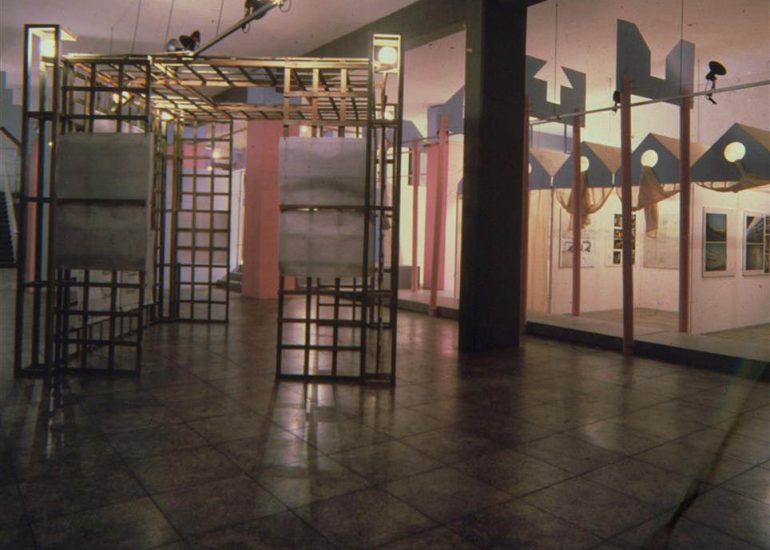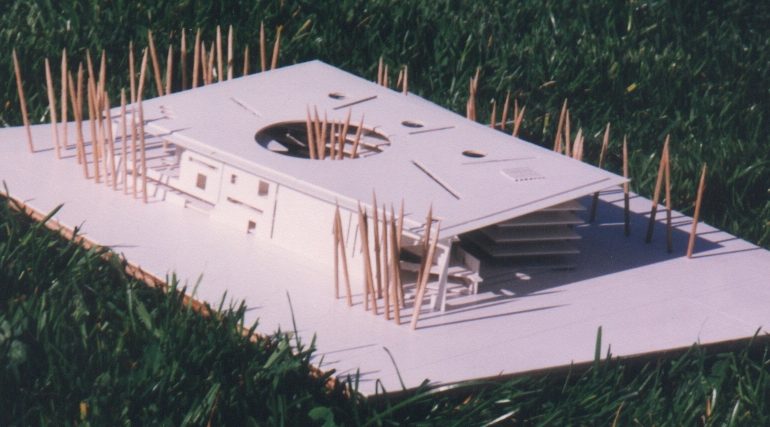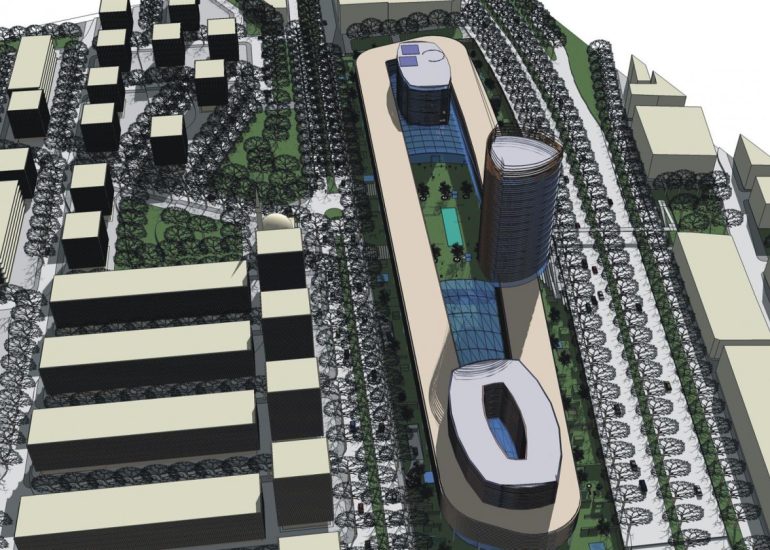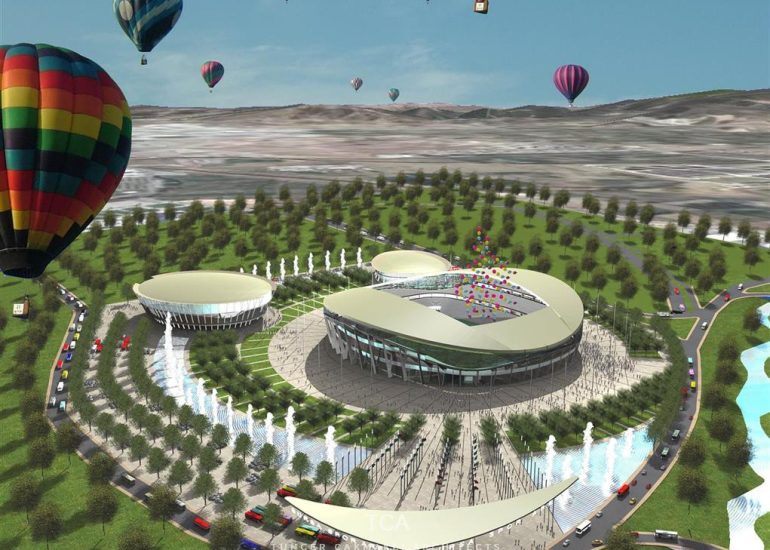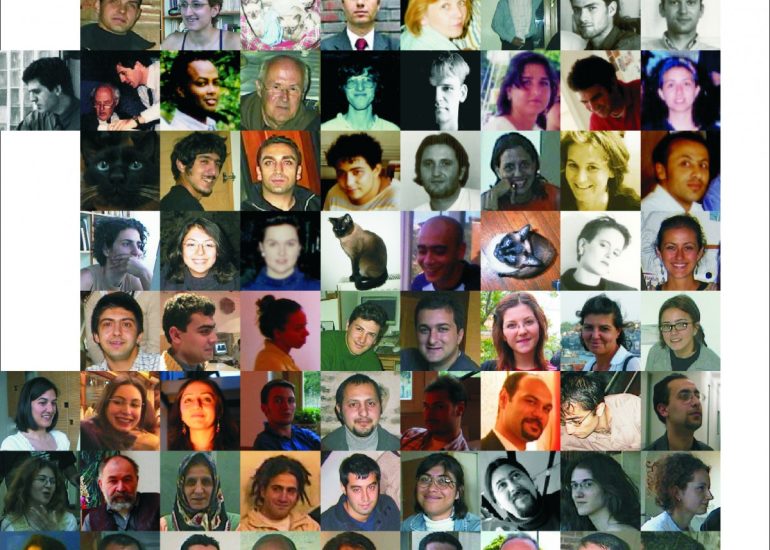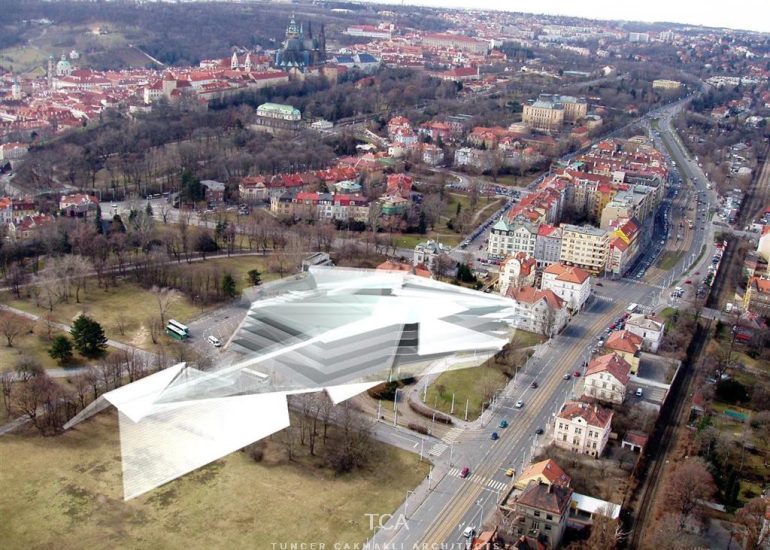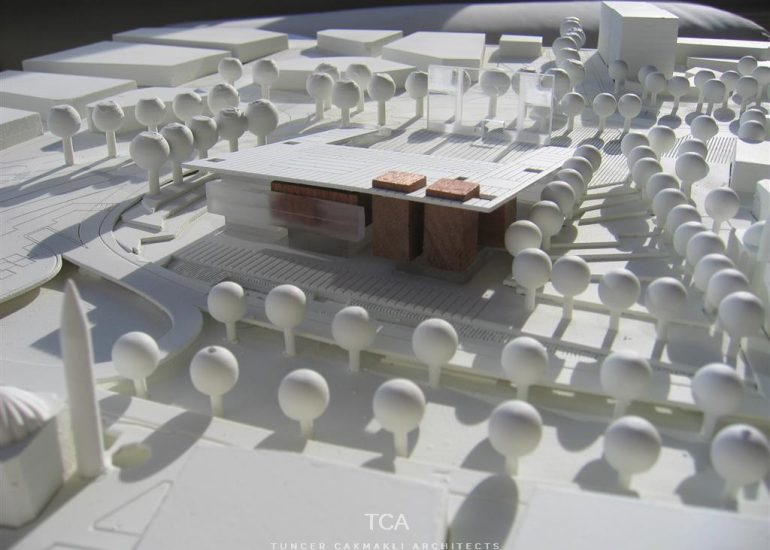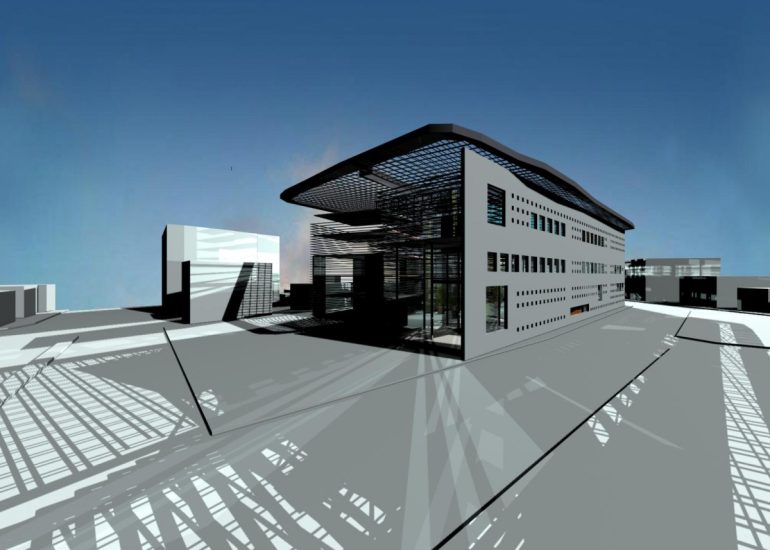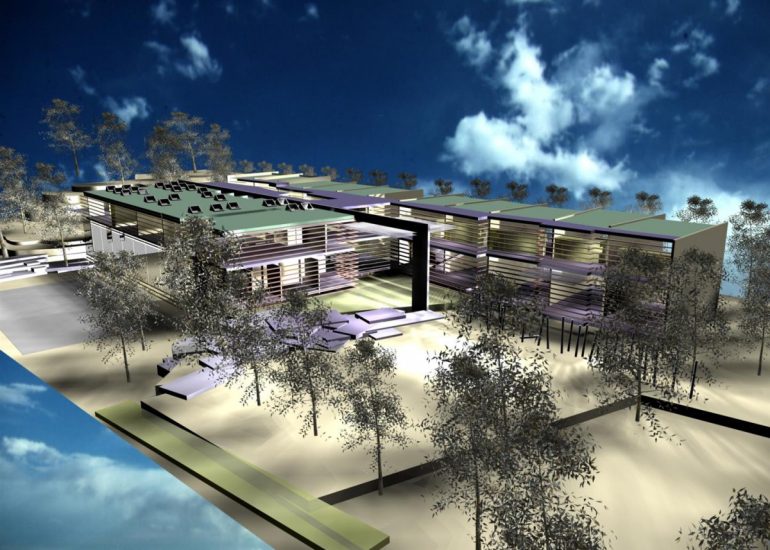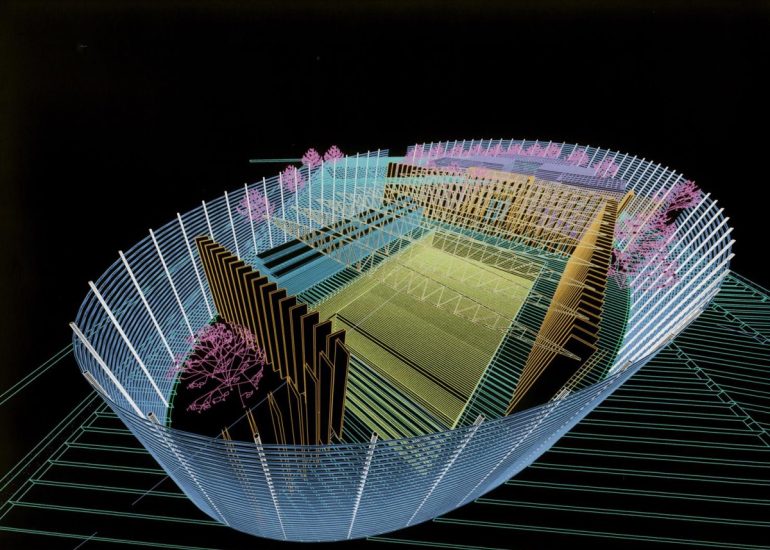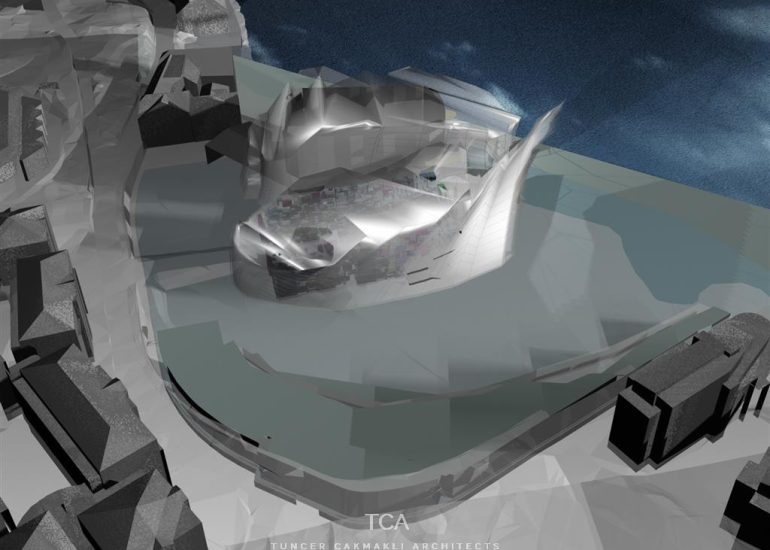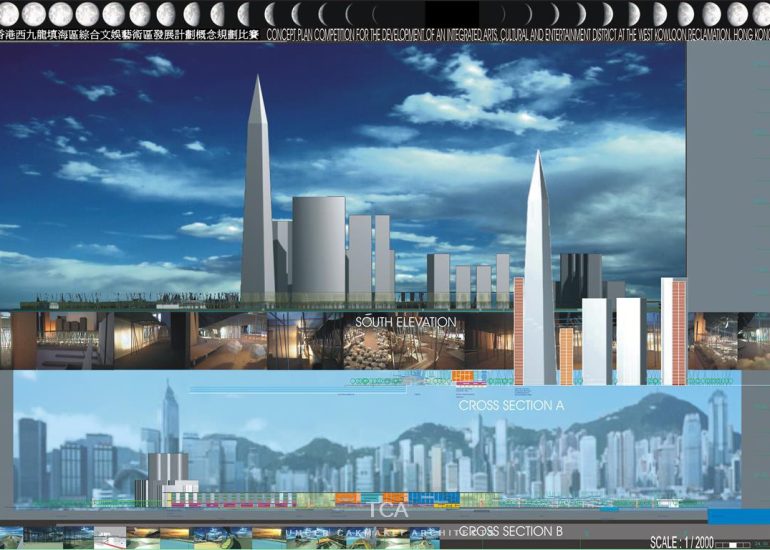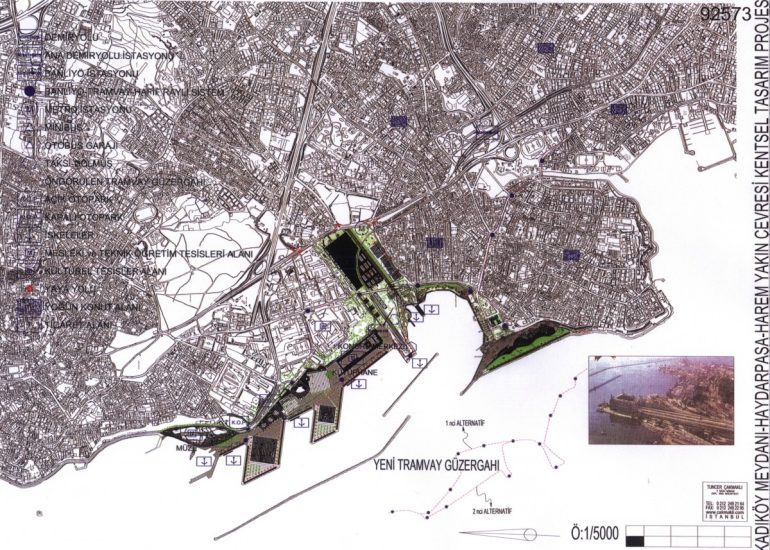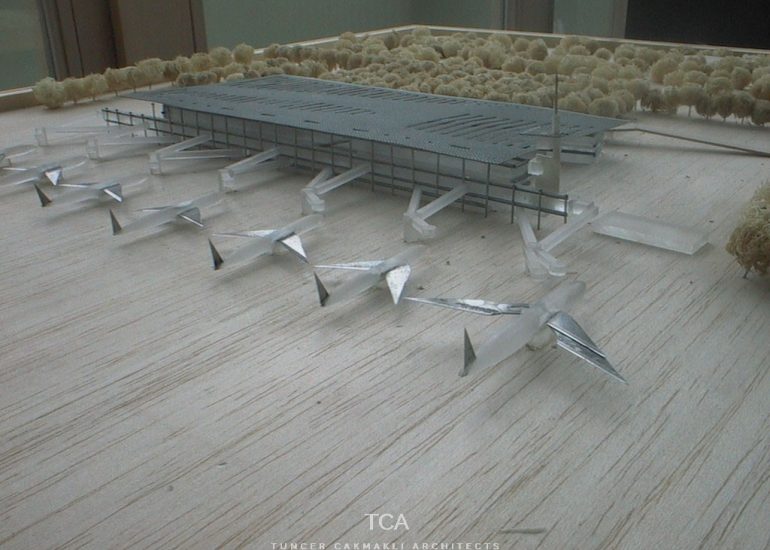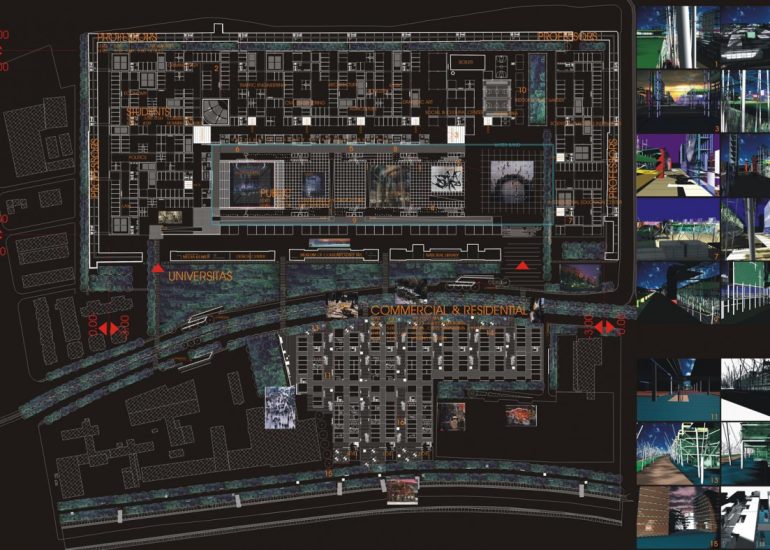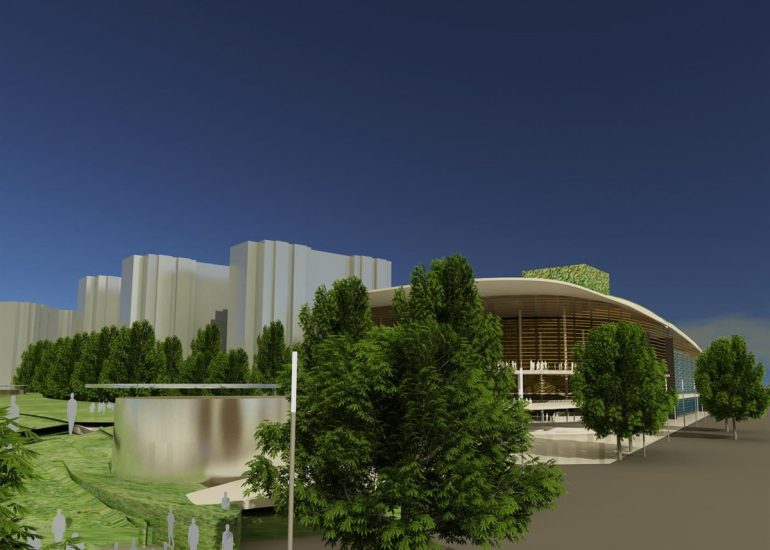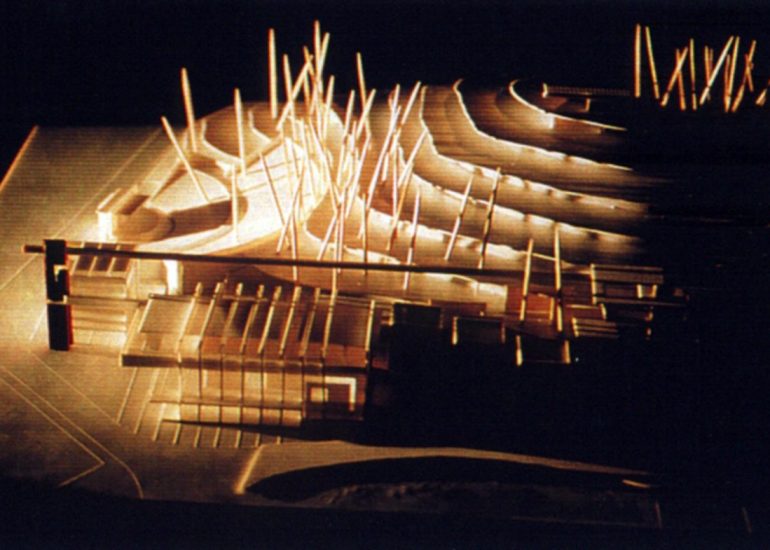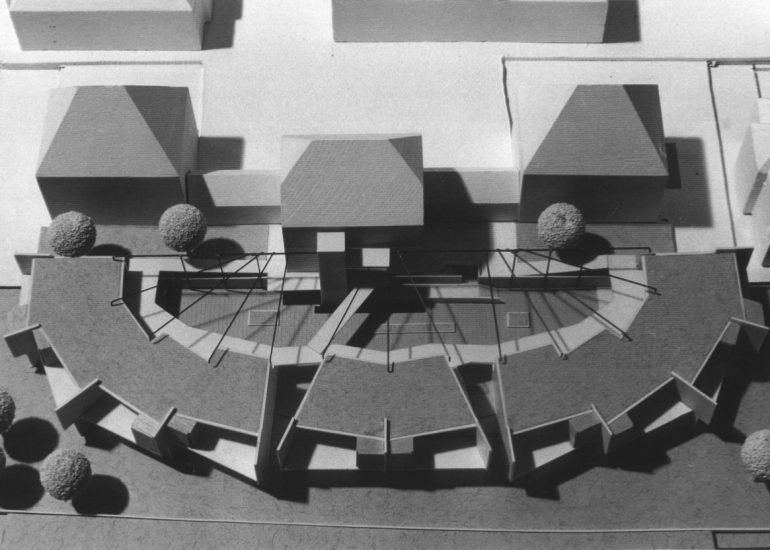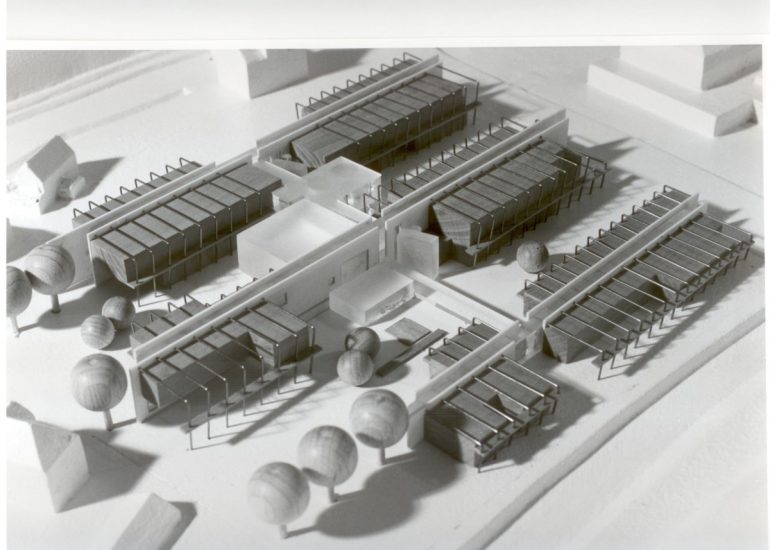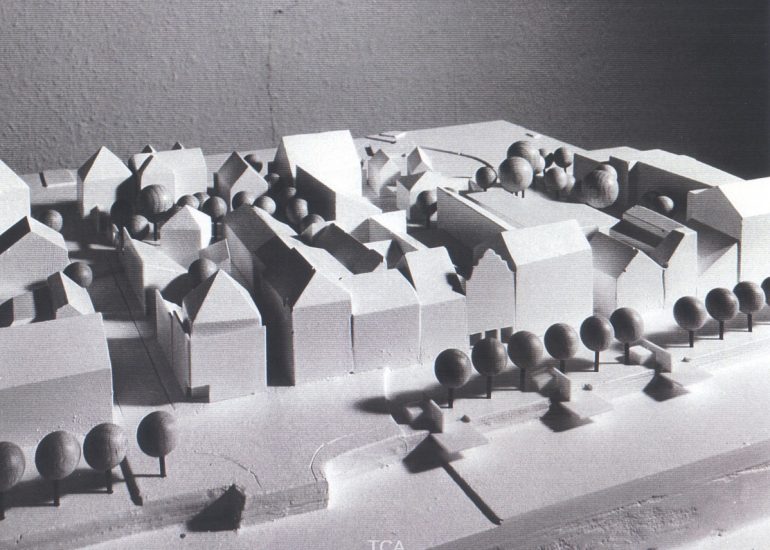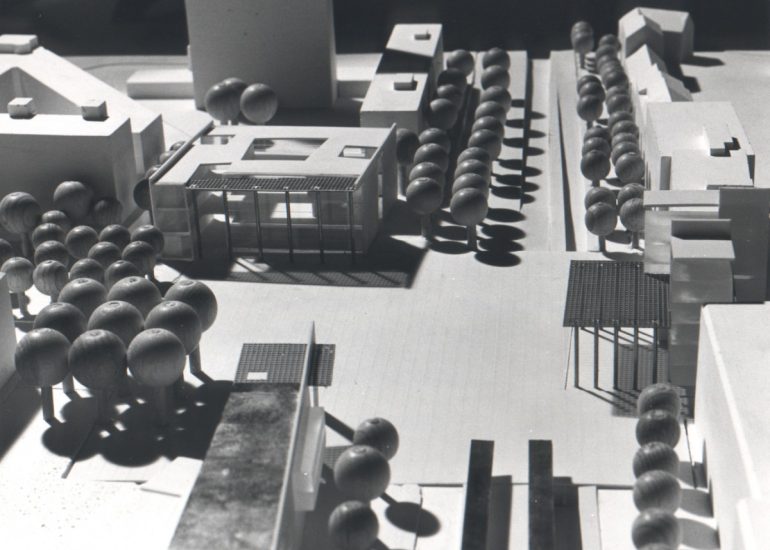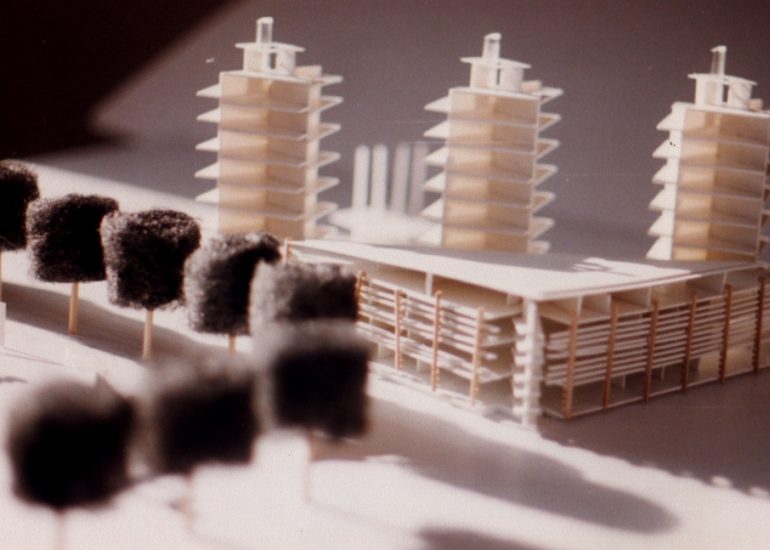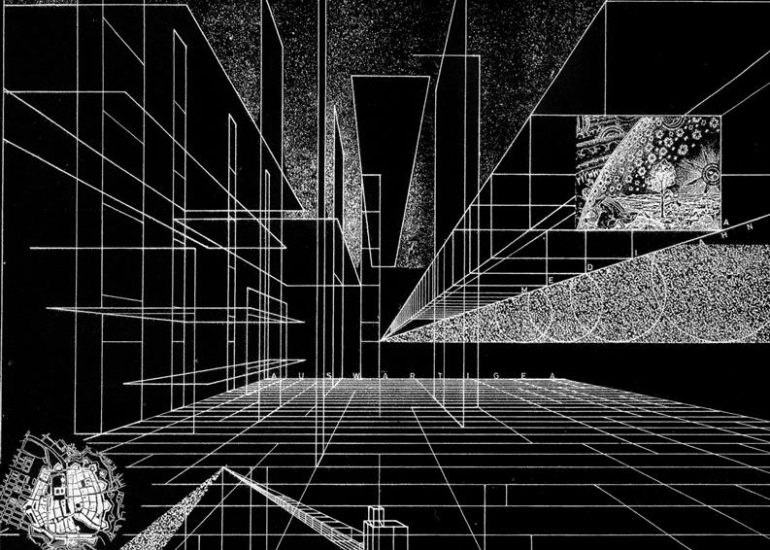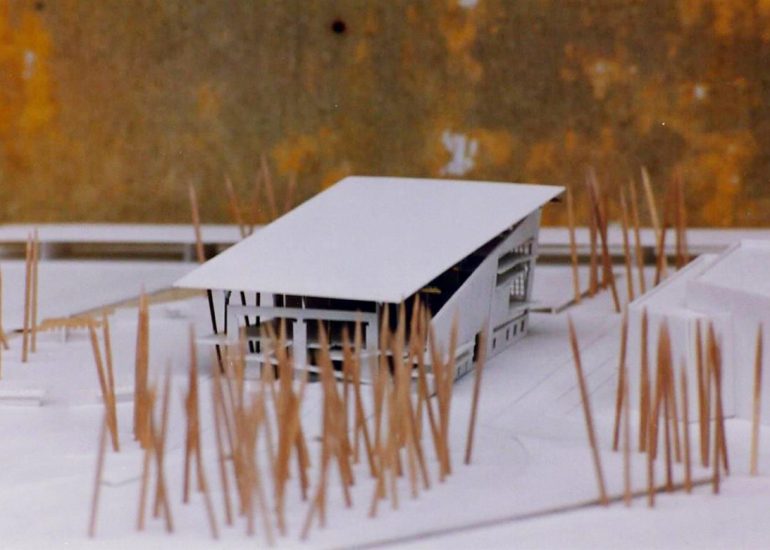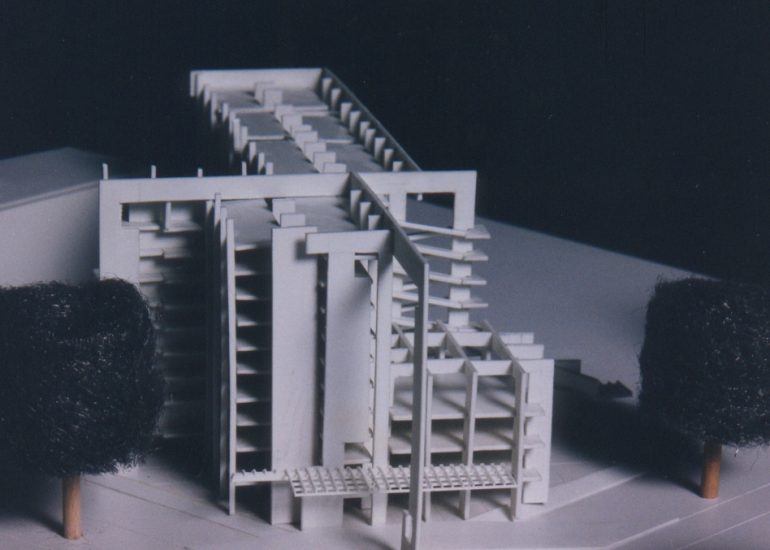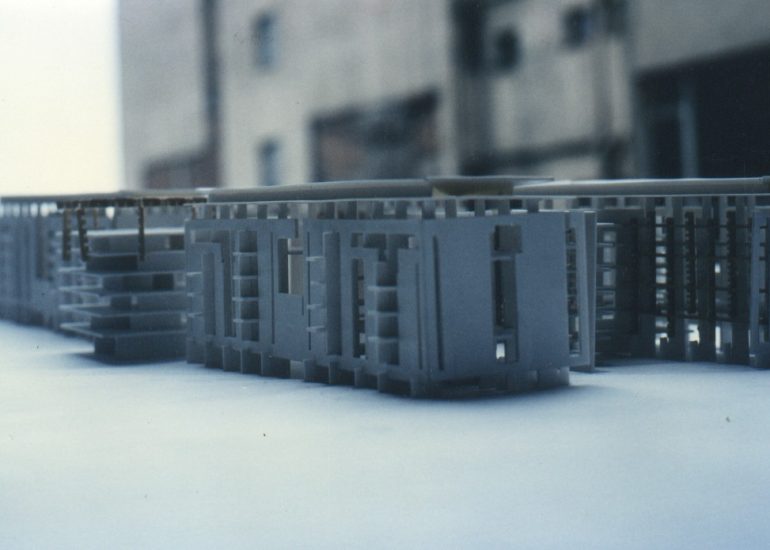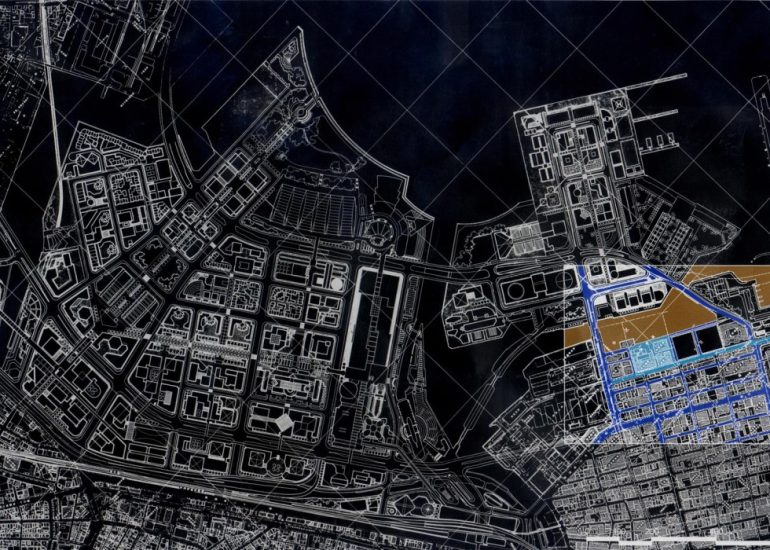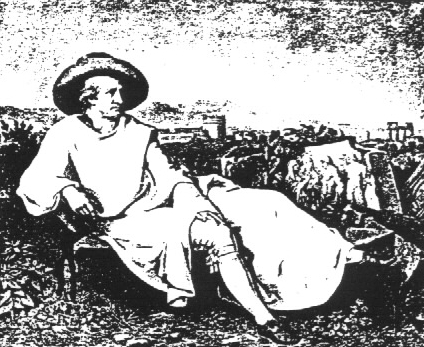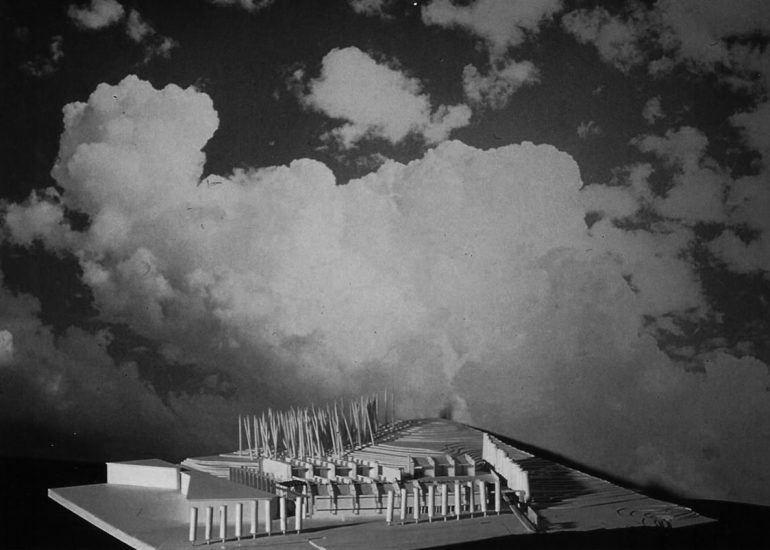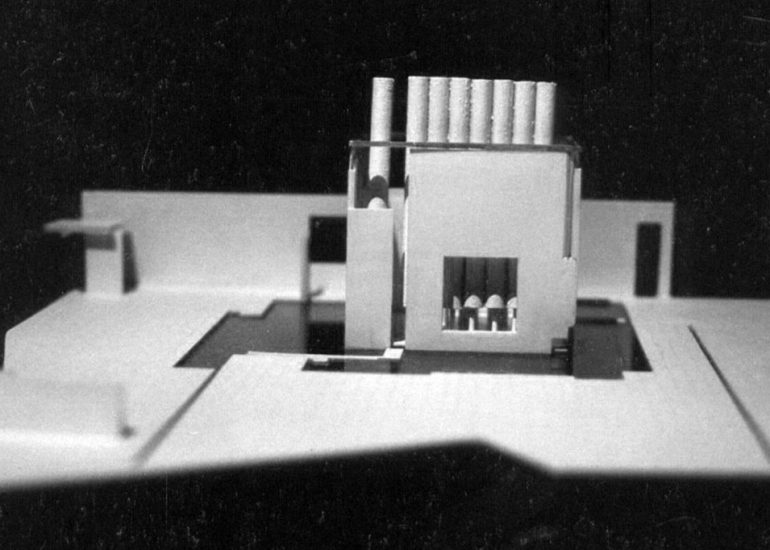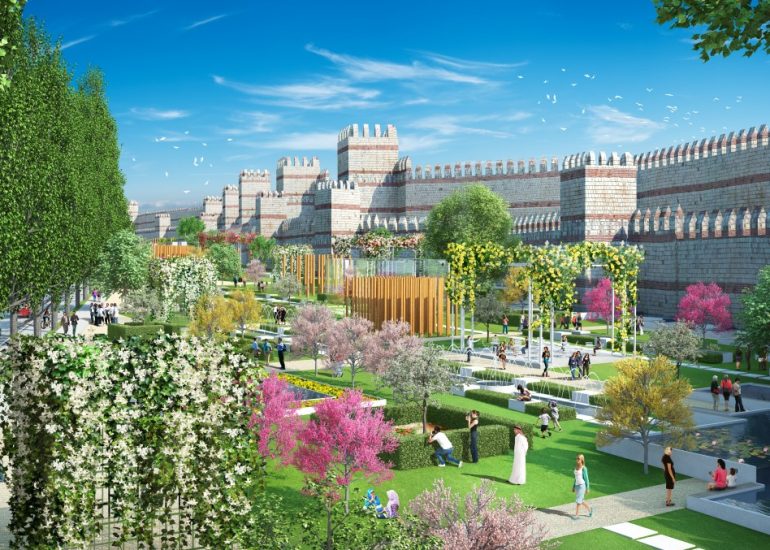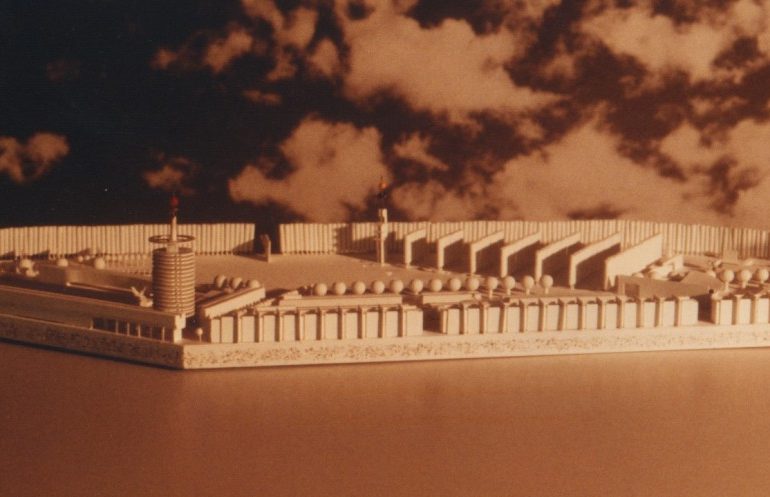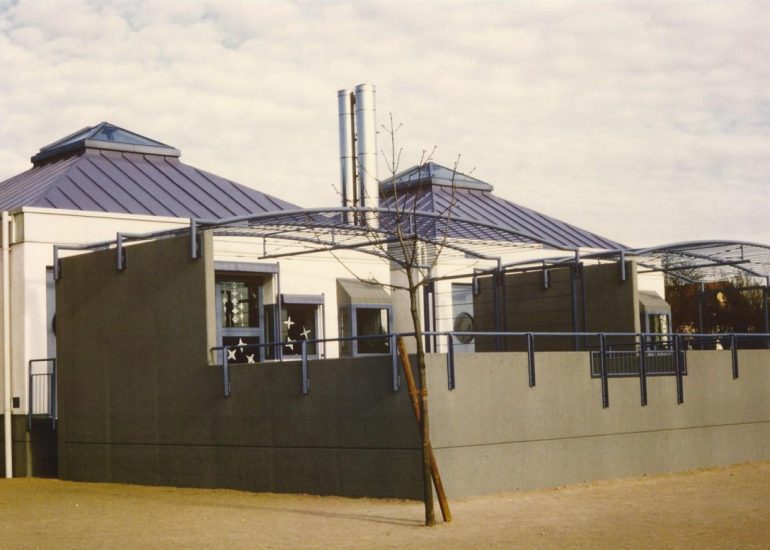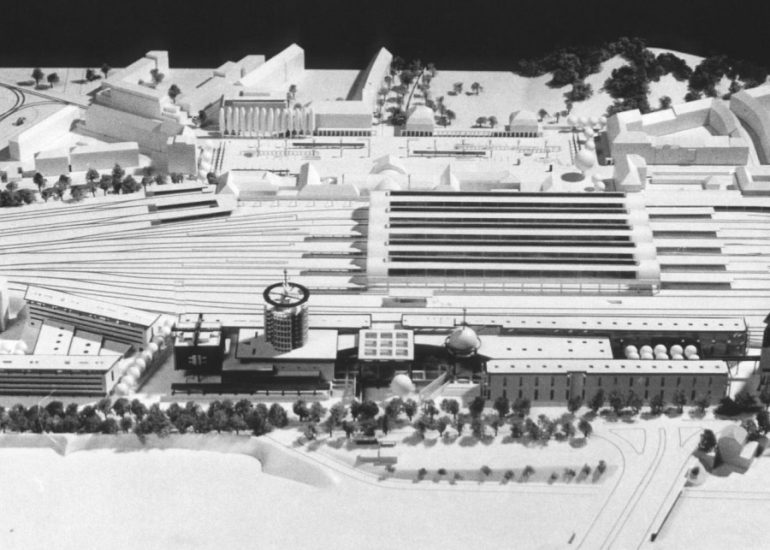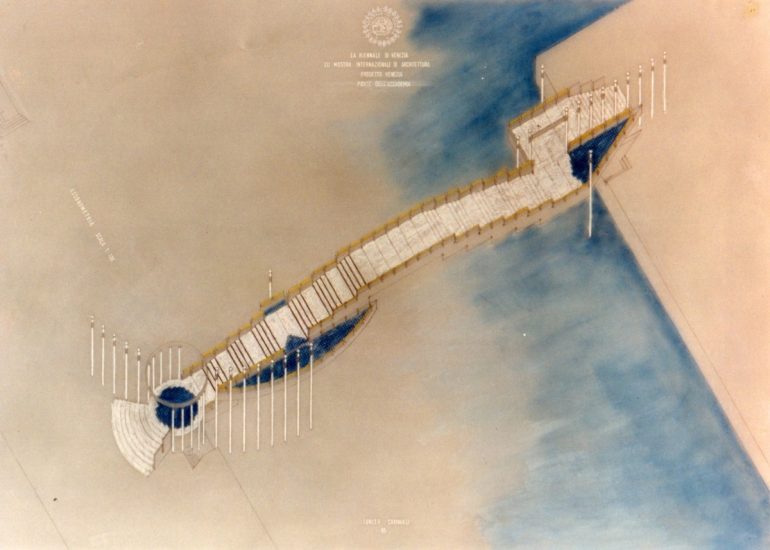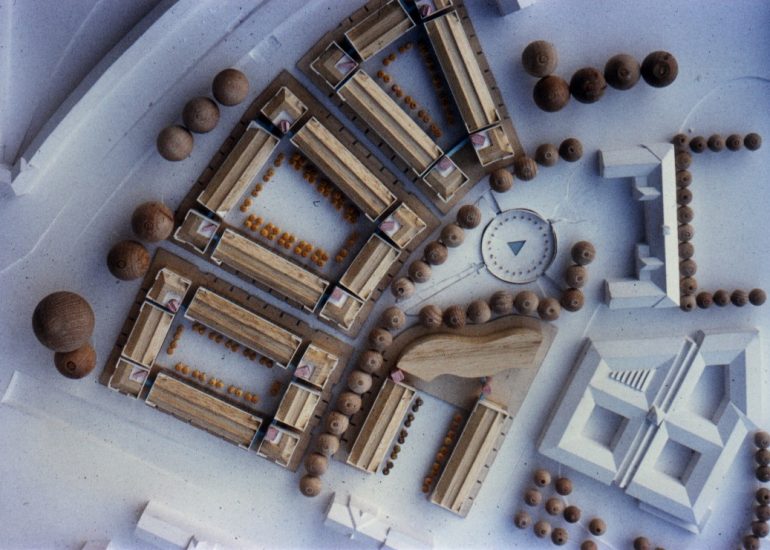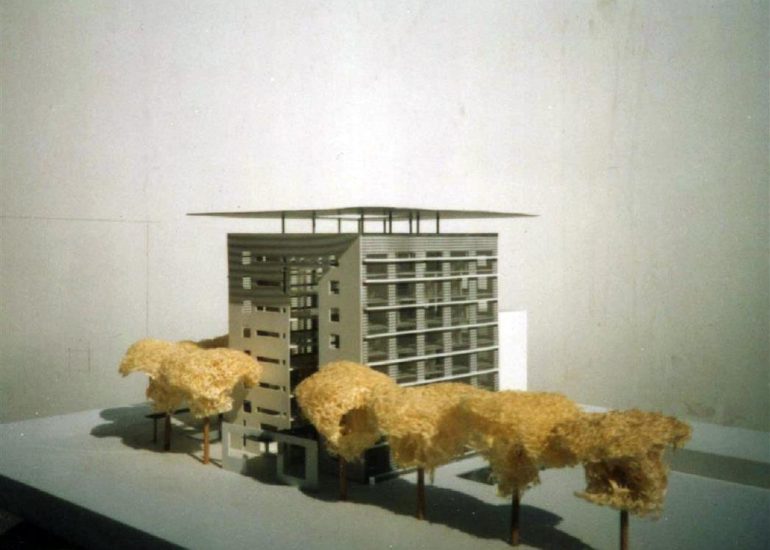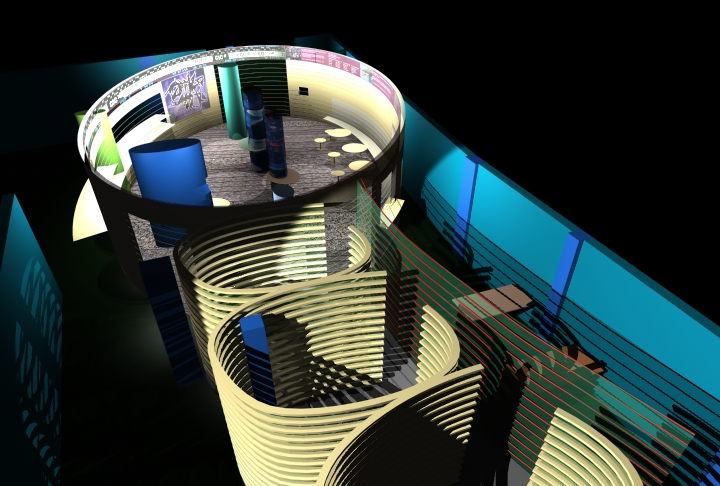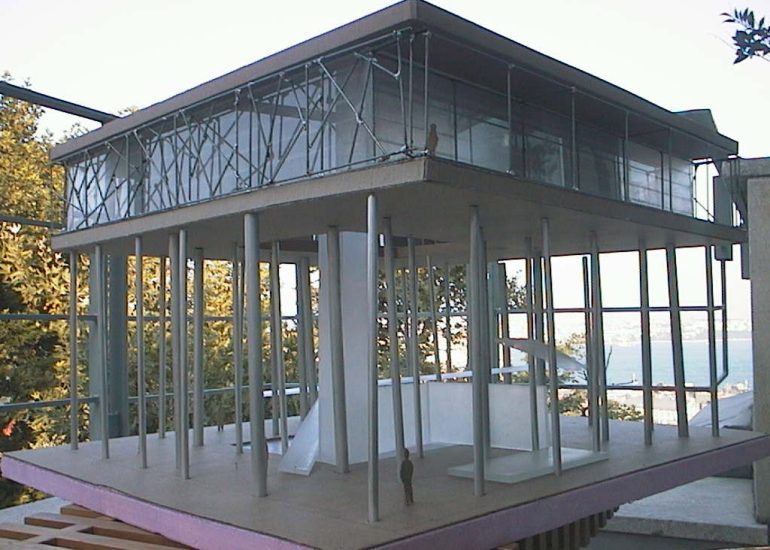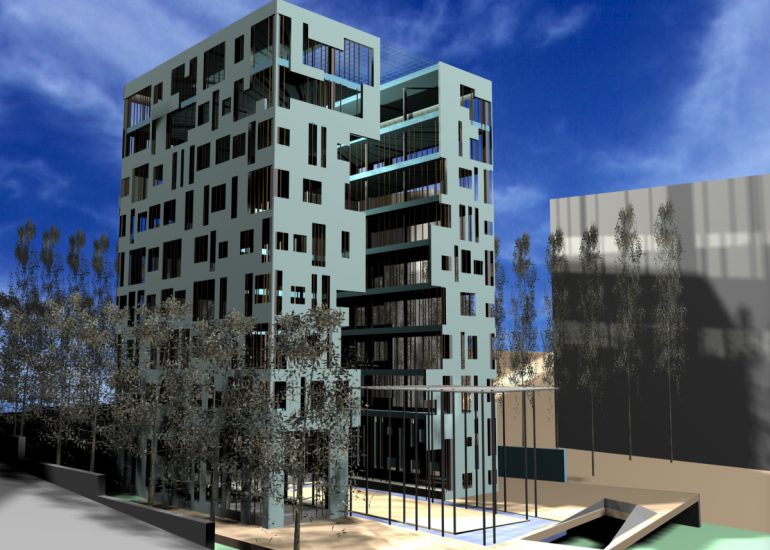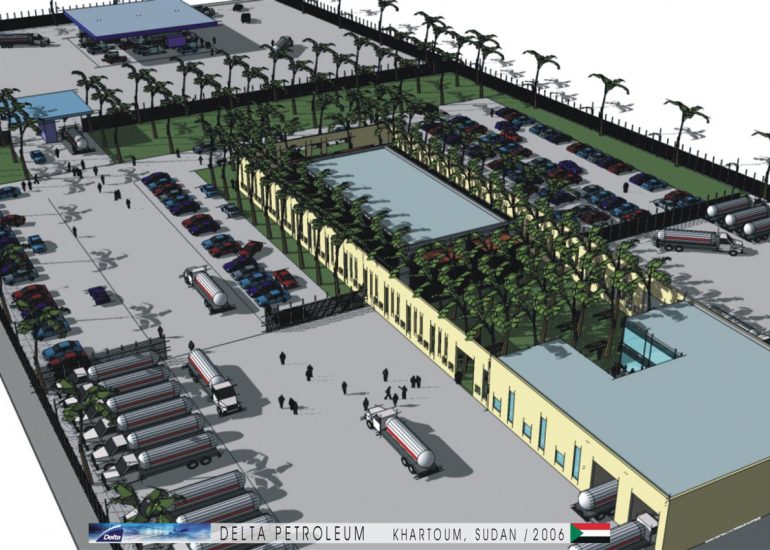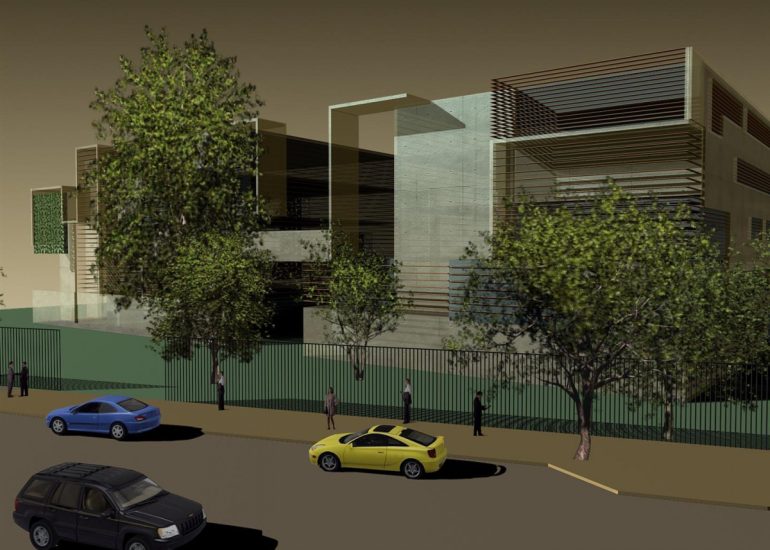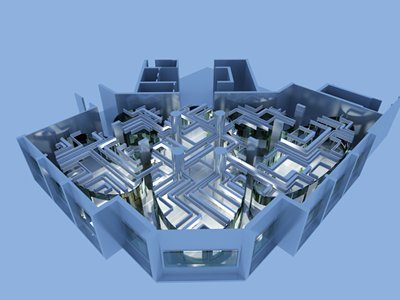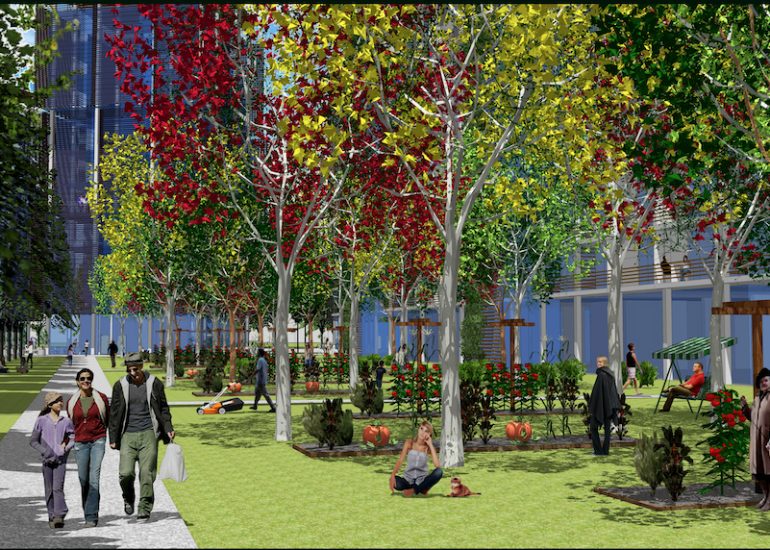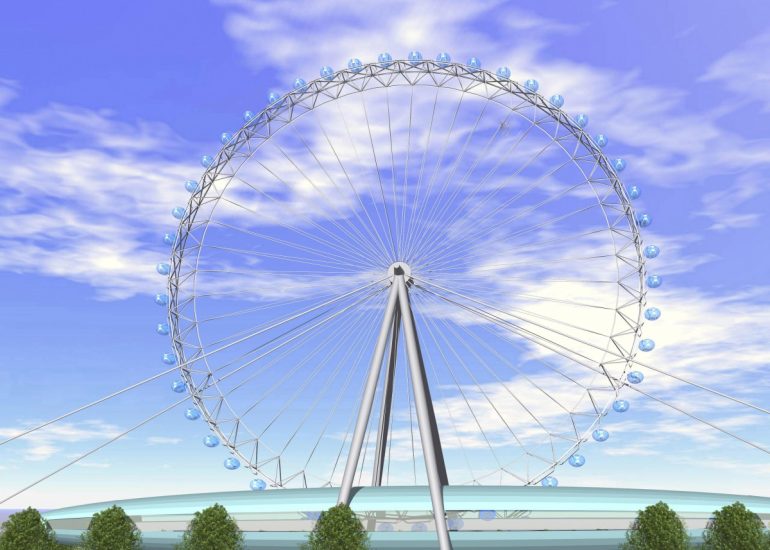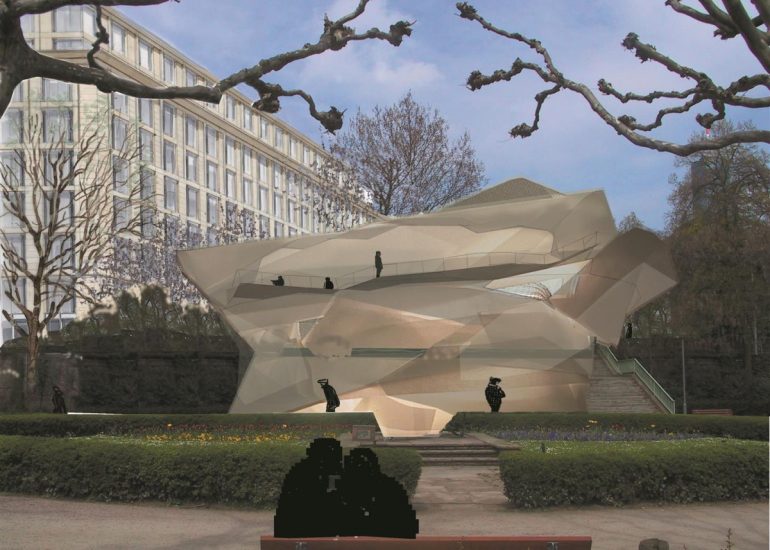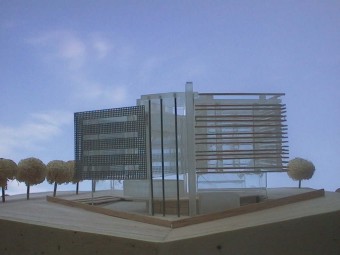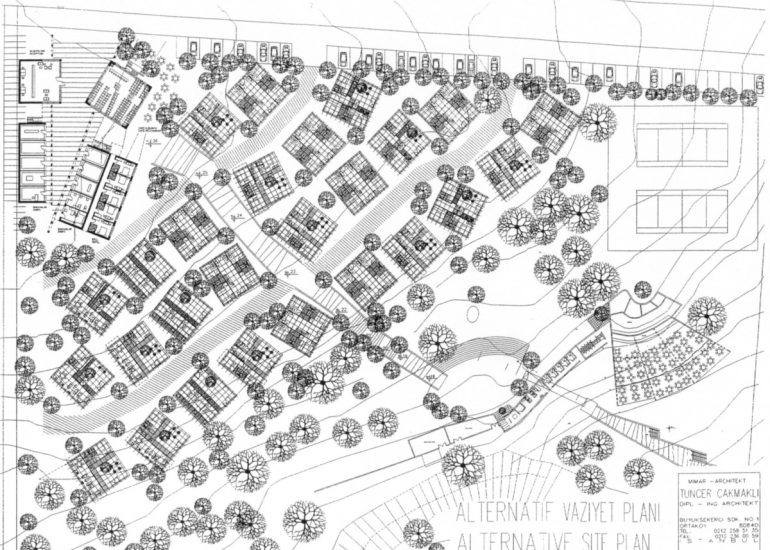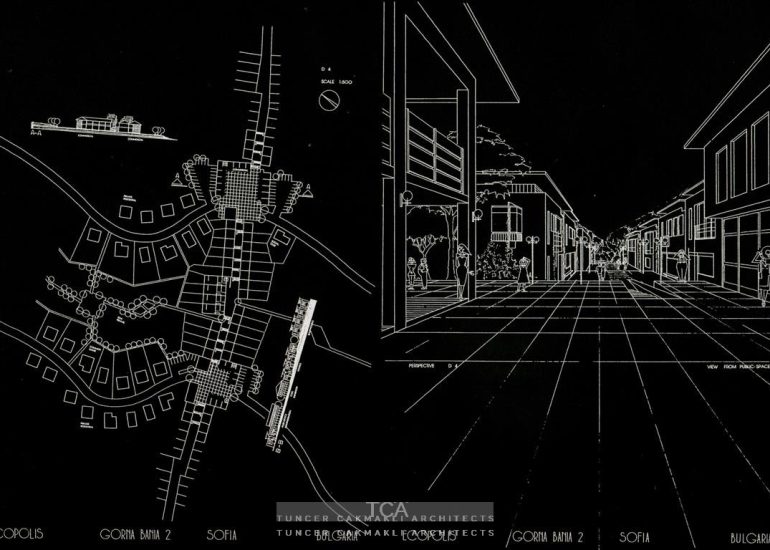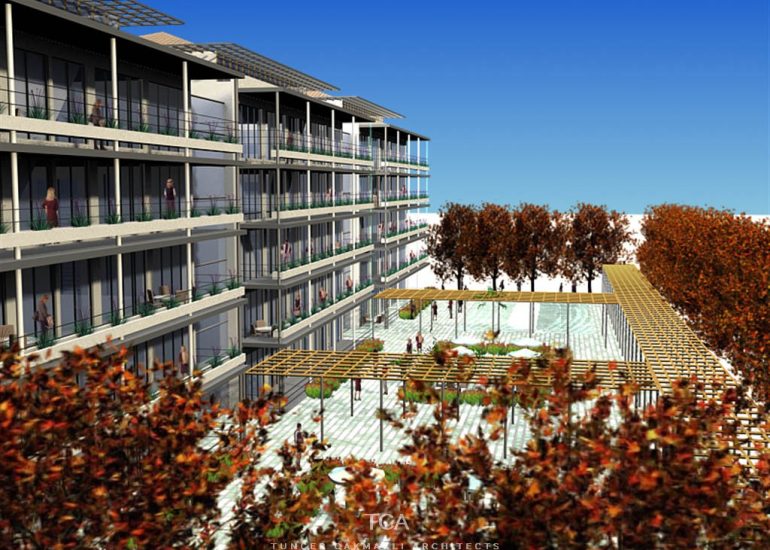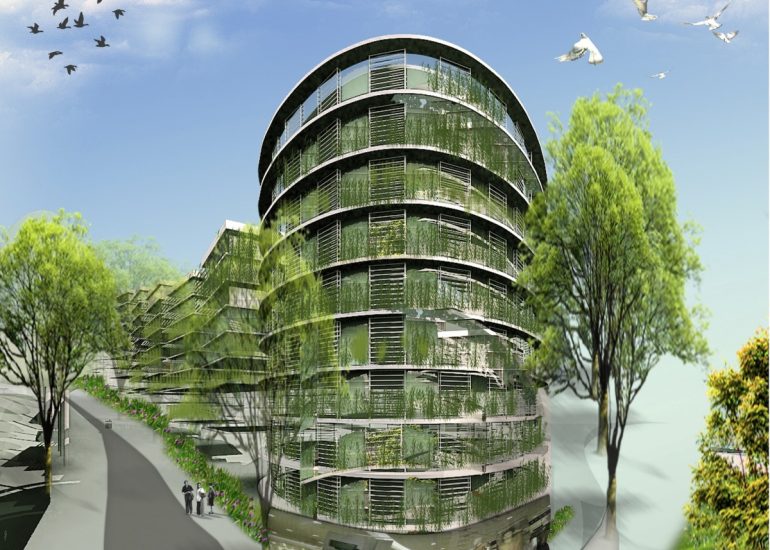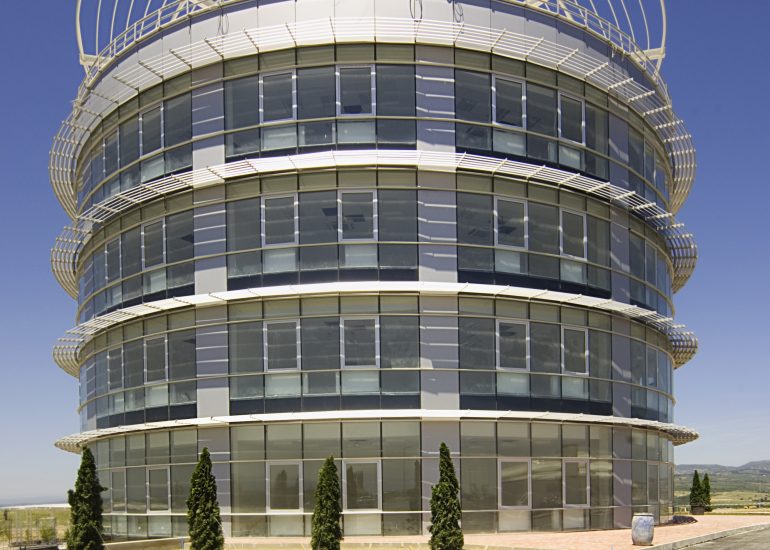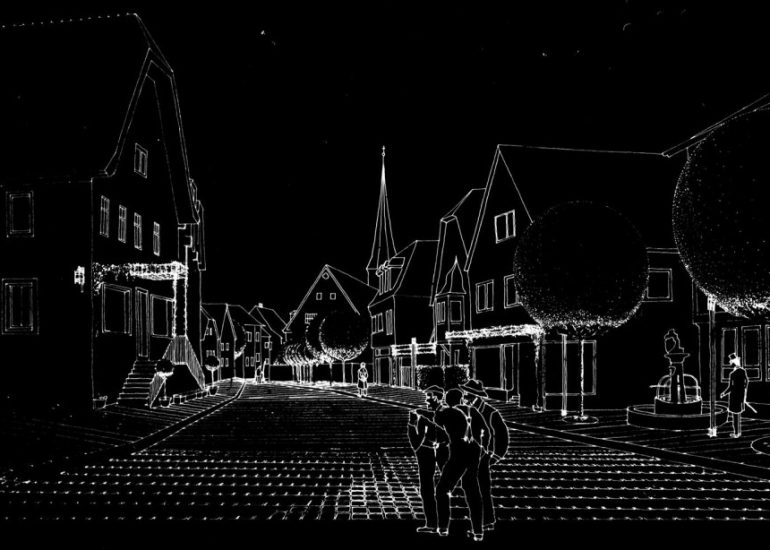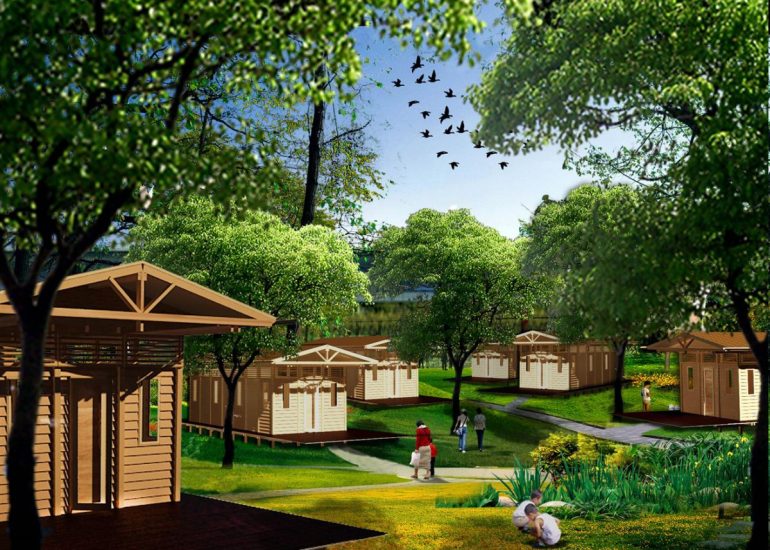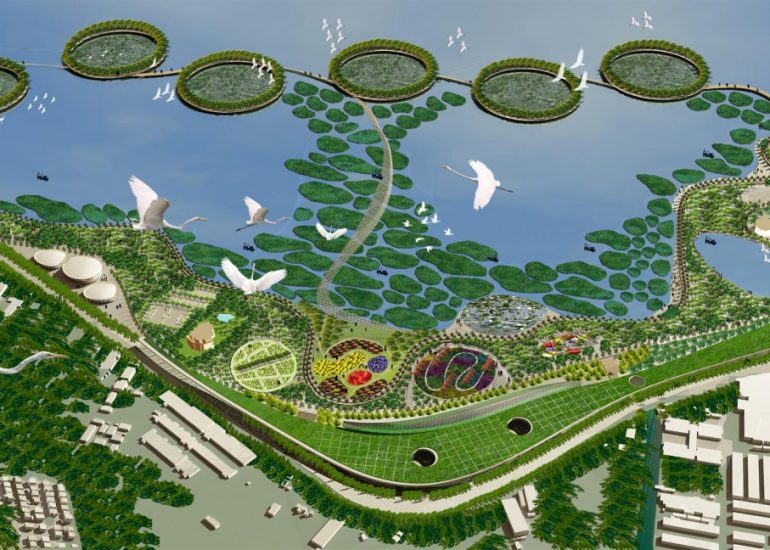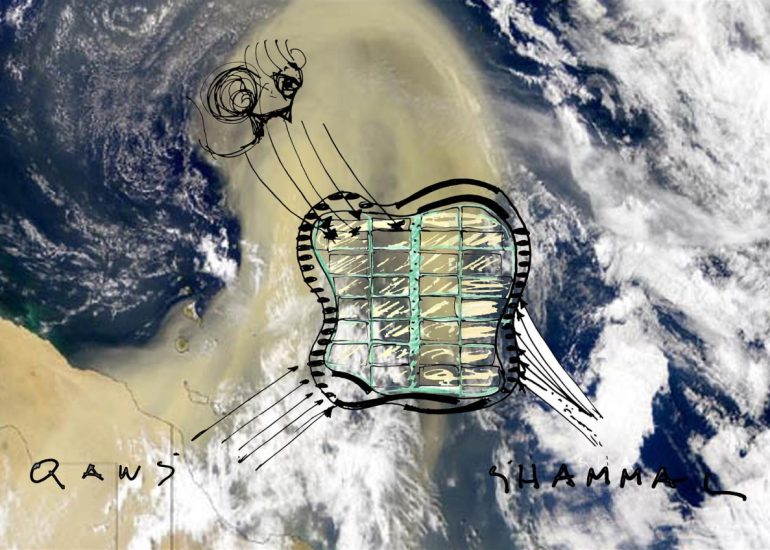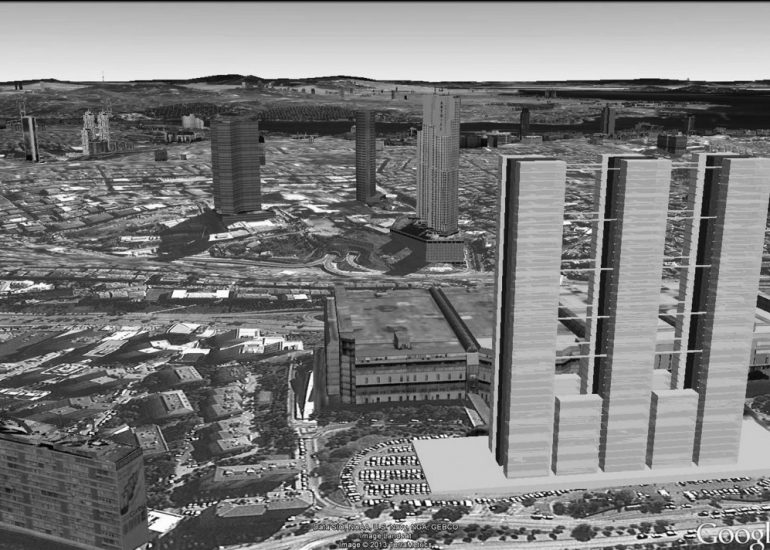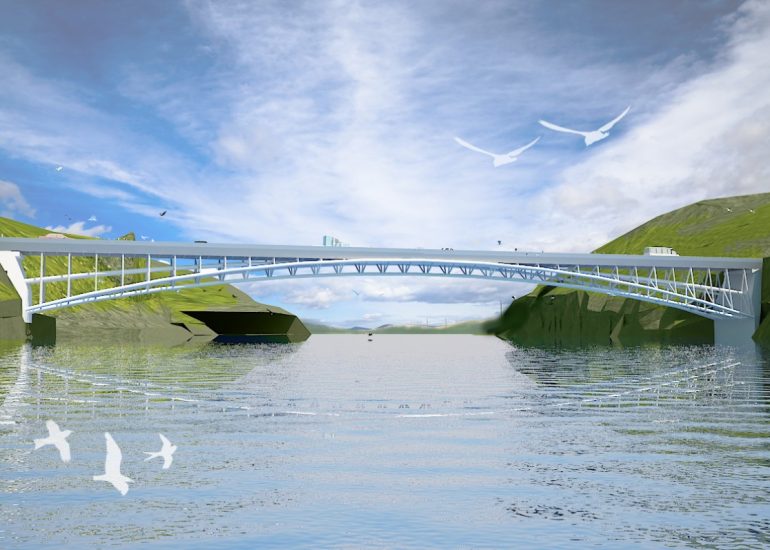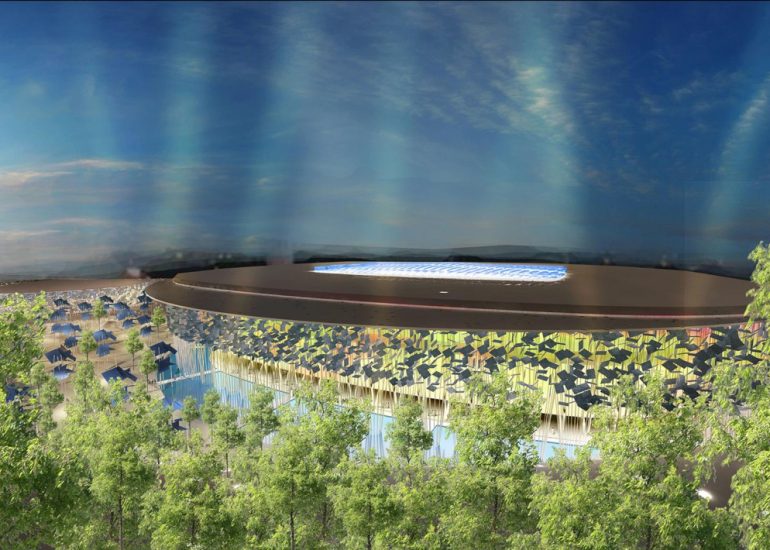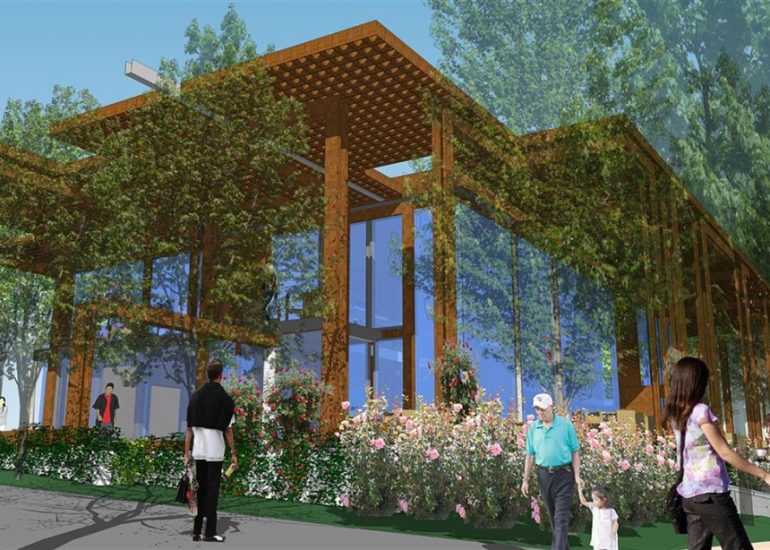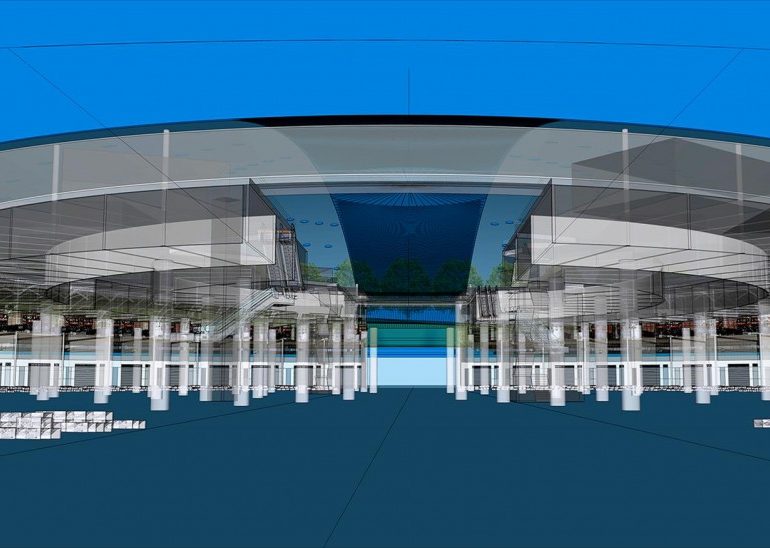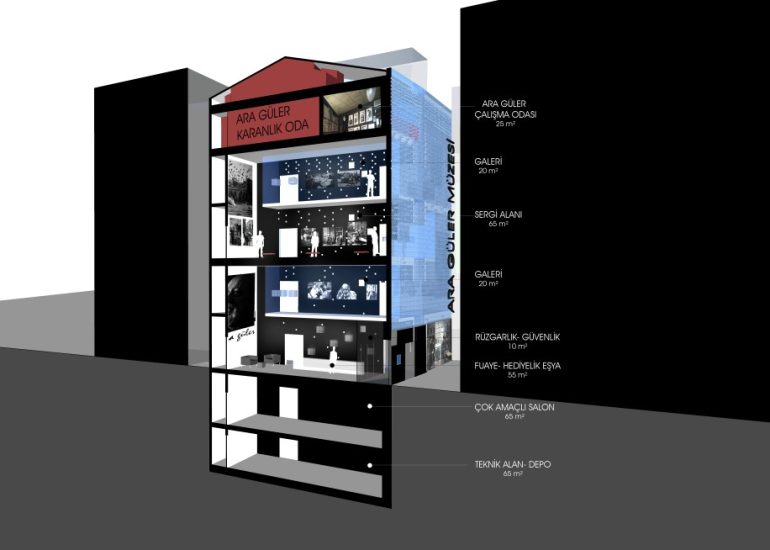Law Offices for Earthquake Victims
OFFICE
AREA
- 1200 m²
YEAR
1999
The Order of the Temporary: An Archıtecture of Transıtıon
A Response to Crısıs, Wrıtten ın Wood
When the earth moves, it is not only the foundations of cities that tremble, but also the invisible structure of meaning we call civilization. Adapazarı, 1999 – a rupture in time, a seismic trace of loss, but also of a profound need for dignity amidst collapse. In that moment, the Bars of Athens and Istanbul did not respond with a legal memorandum or a bureaucratic protocol. They responded with a gesture – an architectural one.
TCA was summoned – not merely as a provider of physical structures, but as an interpreter of a collective urgency. What emerged was more than a series of temporary law offices: it was an architectural palimpsest, written on the fractured ground of a devastated city.
⸻
1. The Module as Metaphor
TCA did not simply design a building. They conceived a system – an alphabet of wood, able to be assembled, expanded, and read in its simplicity. The basic module: an elemental form that, in an emergency, could serve not only as a law office but also as a shelter for a family of eight. A space capable of hosting justice and offering protection – not unlike the ancient agora, where public discourse and private life converged.
This modularity is not just a technical convenience. It is a semiotic act. For what is a module if not a sign – one that only acquires meaning in context, capable of forming new sentences, or in this case: new spaces?
⸻
2. Wood: A Material of Memory and Hope
The choice of wood was no accident. In Turkish architectural tradition, wood is not a nostalgic material – it is a lived one. It breathes, ages, decays – and can be reused. Like a manuscript that can be erased and rewritten. Wood is an honest material – vulnerable, yet flexible. And it is precisely in this dialectic that its strength lies in earthquake-prone regions: not resistance until breaking, but resilience through adaptation.
In a world where sustainability is often reduced to a slogan, this was a rare moment of radical architectural honesty. What was built here was not static but reversible. What is a law office today can become a classroom tomorrow, a community space the day after. It is architecture of the “not-yet” – open, processual, never truly complete.
⸻
3. Time and Responsibility
TCA did not just build quickly. They thought quickly – and deeply. The urgency of the project was not a reaction born of panic, but a lived ethos: Whoever builds must know they are responsible not only for the present but for its consequences.
What emerged in Adapazarı was a prototype for future building: open to functional transformation, materially restrained, economically conceived, and dignified in form. Architecture as a response – not just to disaster, but to the deeper questions of our age.
⸻
4. An Ethics of Design
According to TCA, design must be more than functional. It must be ethically legible. In a world where landscape is treated as resource and people as statistics, design must never become a cynical act. It must tread carefully, both with what is and with what might be.
This project was not just about building temporary law offices. It was about making an argument – for an architecture that listens, adapts, disappears when no longer needed, and re-emerges elsewhere with new purpose.
⸻
Epilogue: The Invisible Foundation
Perhaps the most important part of this project was not what was seen, but what was sensed: the idea that even in transition, there is permanence; that the temporary can hold memory; and that in each module, in each beam of wood, not only spatial but also moral decisions had been inscribed.
If architecture is a language, then TCA’s design was a quiet but powerful word:
Justice needs space – even in the temporary.
———————————————————————————————————
Geçiciliğin Düzeni: Bir Geçiş Mimarlığı
Bir Krize Cevap, Ahşapla Yazılmış Bir Metin
Yeryüzü sarsıldığında sadece şehirlerin temelleri değil, medeniyet dediğimiz görünmez anlam örgüsü de sarsılır. 1999, Adapazarı – zamanın yarıldığı bir an, kaybın sismik izi, ama aynı zamanda yıkımın ortasında onura duyulan derin bir ihtiyacın ifadesi. O an geldiğinde, Atina ve İstanbul baroları tepki olarak bir yasa metni ya da geçici bir yönetmelik sunmadılar. Verdikleri cevap bir jestti – mimari bir jest.
TCA çağrıldı – yalnızca fiziksel yapıların sağlayıcısı olarak değil, ortak bir acil durumun yorumcusu olarak. Ortaya çıkan şey, sadece geçici bir dizi avukatlık bürosu değildi: bu, harap olmuş bir kentin çatlak zeminine yazılmış mimari bir palimpsestti.
⸻
1. Modül Olarak Metafor
TCA bir bina tasarlamadı. Bir sistem tasarladı – ahşaptan bir alfabe; birleştirilebilir, genişletilebilir ve sadeliğiyle okunabilir. Temel modül: yalnızca bir hukuk bürosu değil, aynı zamanda sekiz kişilik bir aileye barınak olabilecek yalın bir form. Adalete yer açan ve aynı zamanda koruma sunan bir mekân – antik agora gibi, kamusal olanla özel olanın tek bir harekette buluştuğu bir alan.
Bu modülerlik yalnızca teknik bir kolaylık değildir. Aynı zamanda göstergebilimsel bir eylemdir. Zira bir modül, bağlam içinde anlam kazanan, yeni cümleler – ya da bu durumda yeni mekânlar – kurabilen bir işarettir.
⸻
2. Ahşap: Hafızanın ve Umudun Malzemesi
Ahşap tercihi rastlantı değildi. Türk mimari geleneğinde ahşap nostaljik bir malzeme değildir – yaşayan bir malzemedir. Nefes alır, yaşlanır, çürür – ve tekrar kullanılabilir. Tıpkı silinip yeniden yazılabilen bir el yazması gibi. Ahşap dürüst bir malzemedir – kırılgan ama esnektir. Ve tam da bu ikilikte, depreme açık bölgelerdeki gücü yatar: kırılana kadar direnmek değil, değişerek ayakta kalmak.
Sürdürülebilirliğin çoğu zaman bir slogana dönüştüğü bir dünyada, burada mimari dürüstlükle verilmiş nadir bir cevap vardır. İnşa edilen şey statik değil, tersine çevrilebilir bir yapıydı. Bugün hukuk bürosu olan birim, yarın okul, ertesi gün bir toplum merkezi olabilirdi. Bu, “henüz olmayan”ın mimarisiydi – açık, süreç odaklı, hiçbir zaman tamamlanmış olmayan.
⸻
3. Zaman ve Sorumluluk
TCA sadece hızlı inşa etmedi. Aynı zamanda hızlı ve derin düşündü. Projenin aciliyeti paniğin değil, yaşanmış bir etiğin sonucuydu: İnşa eden kişi yalnızca şimdiye değil, sonuçlarına da karşı sorumludur.
Adapazarı’nda ortaya çıkan şey, geleceğin yapım yöntemlerinin bir prototipiydi: işlevsel dönüşüme açık, malzeme açısından ölçülü, ekonomik olarak sade, biçim açısından ise saygın. Mimarlık, sadece bir felakete değil, çağımızın derin sorularına da verilmiş bir cevaptı.
⸻
4. Tasarımın Etiği
TCA’ya göre tasarım yalnızca işlevsel olmakla kalmamalı; aynı zamanda etik olarak da okunabilir olmalıdır. Peyzajın kaynağa, insanın sayıya indirgendiği bir dünyada tasarım eylemi asla alaycı bir jest olamaz. Hem olanla hem de olabilecek olanla dikkatli bir ilişki kurmalıdır.
Bu proje yalnızca geçici avukatlık ofislerinin inşası değildi. Aynı zamanda bir savunmaydı – dinleyen, uyum sağlayan, ihtiyacı bittiğinde sessizce çekilen ve başka bir yerde yeni bir anlamla yeniden ortaya çıkabilen bir mimarlık anlayışı adına yapılmış bir savunma.
⸻
Son Söz: Görünmeyen Temel
Belki de bu projenin en önemli yanı görünenler değil, hissedilenlerdi: Geçici olanın içinde kalıcılığın var olabileceği düşüncesi; geçiciliğin de hafıza taşıyabileceği; ve her modülde, her ahşap kirişte yalnızca mekânsal değil, ahlaki bir kararın da yazılı olduğu hissi.
Eğer mimarlık bir dilse, TCA’nın bu tasarımı sessiz ama güçlü bir kelimeydi:
Adaletin, geçici bile olsa, bir mekâna ihtiyacı vardır.
Budget: 160.000 €
Location: Adapazari, Turkey







